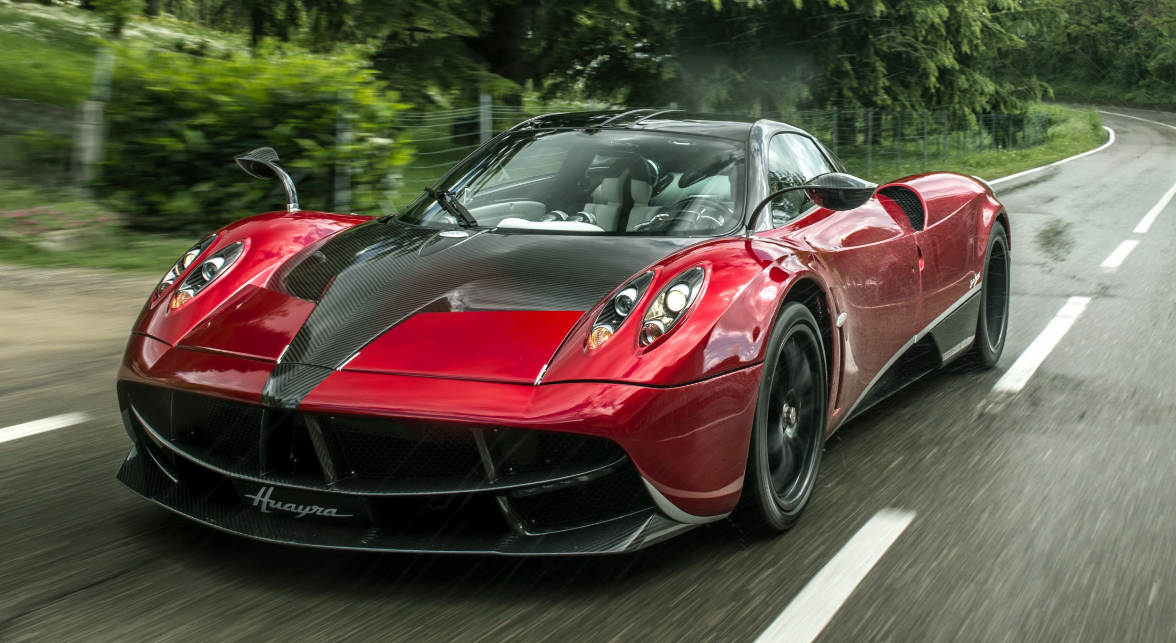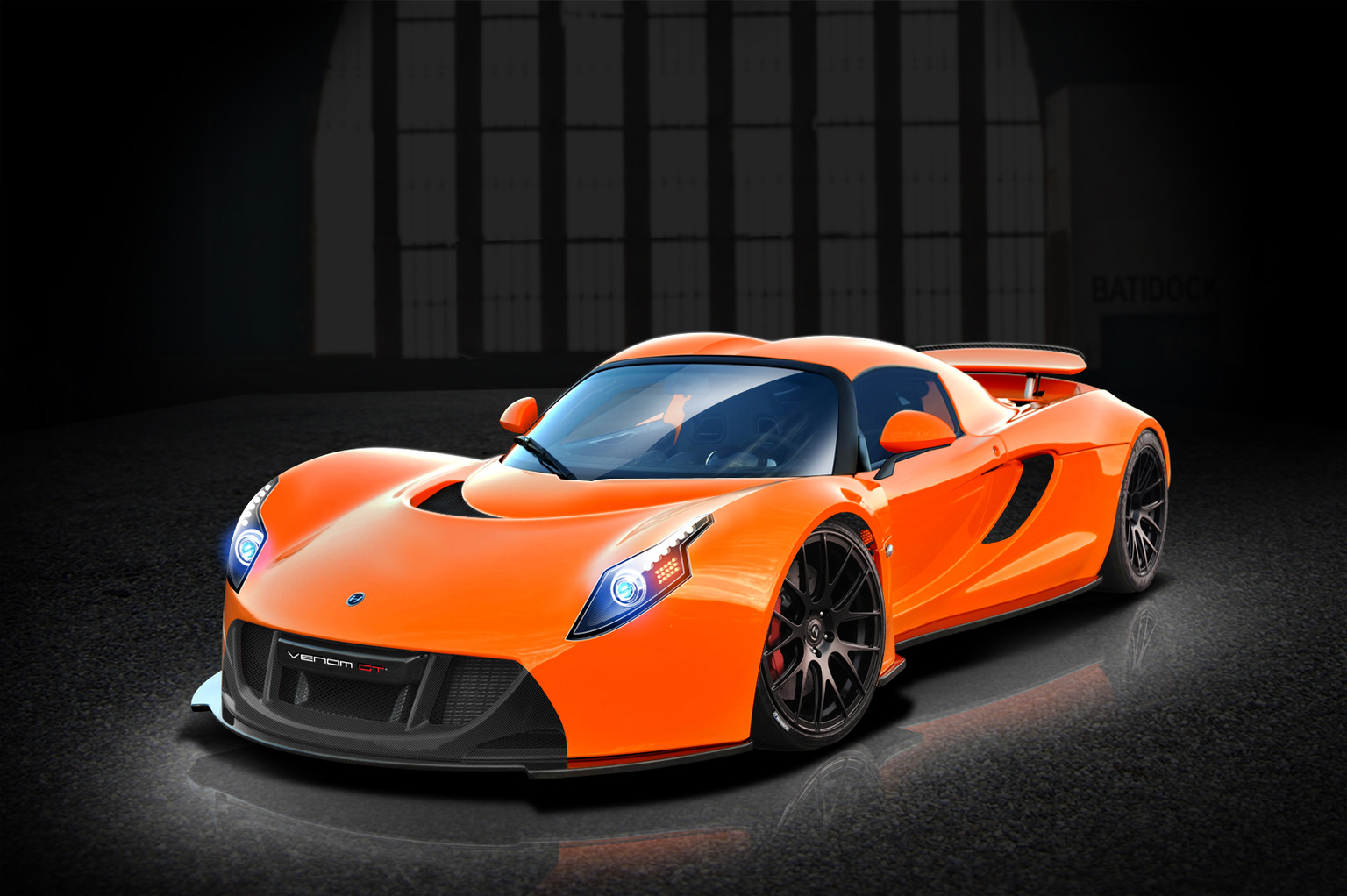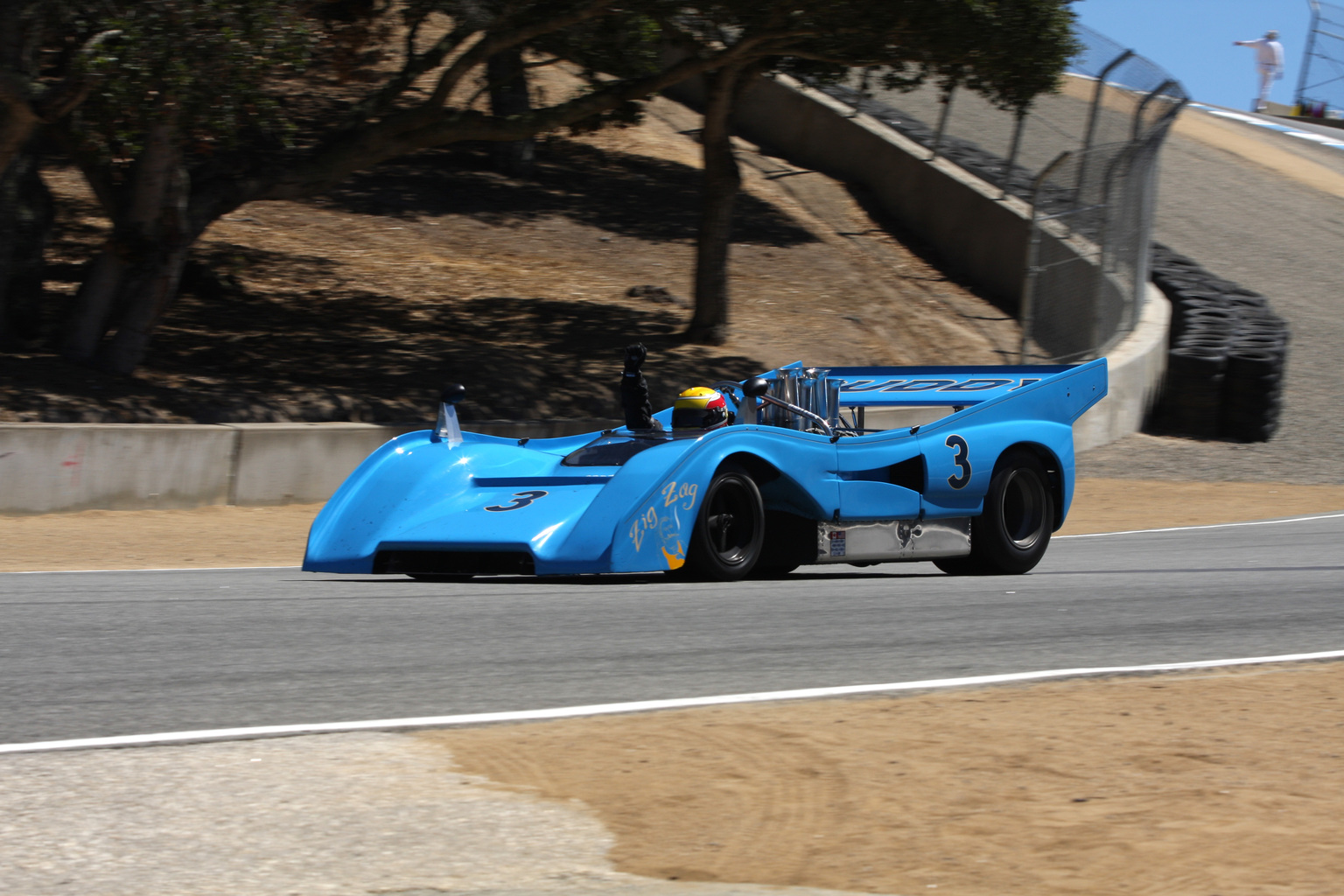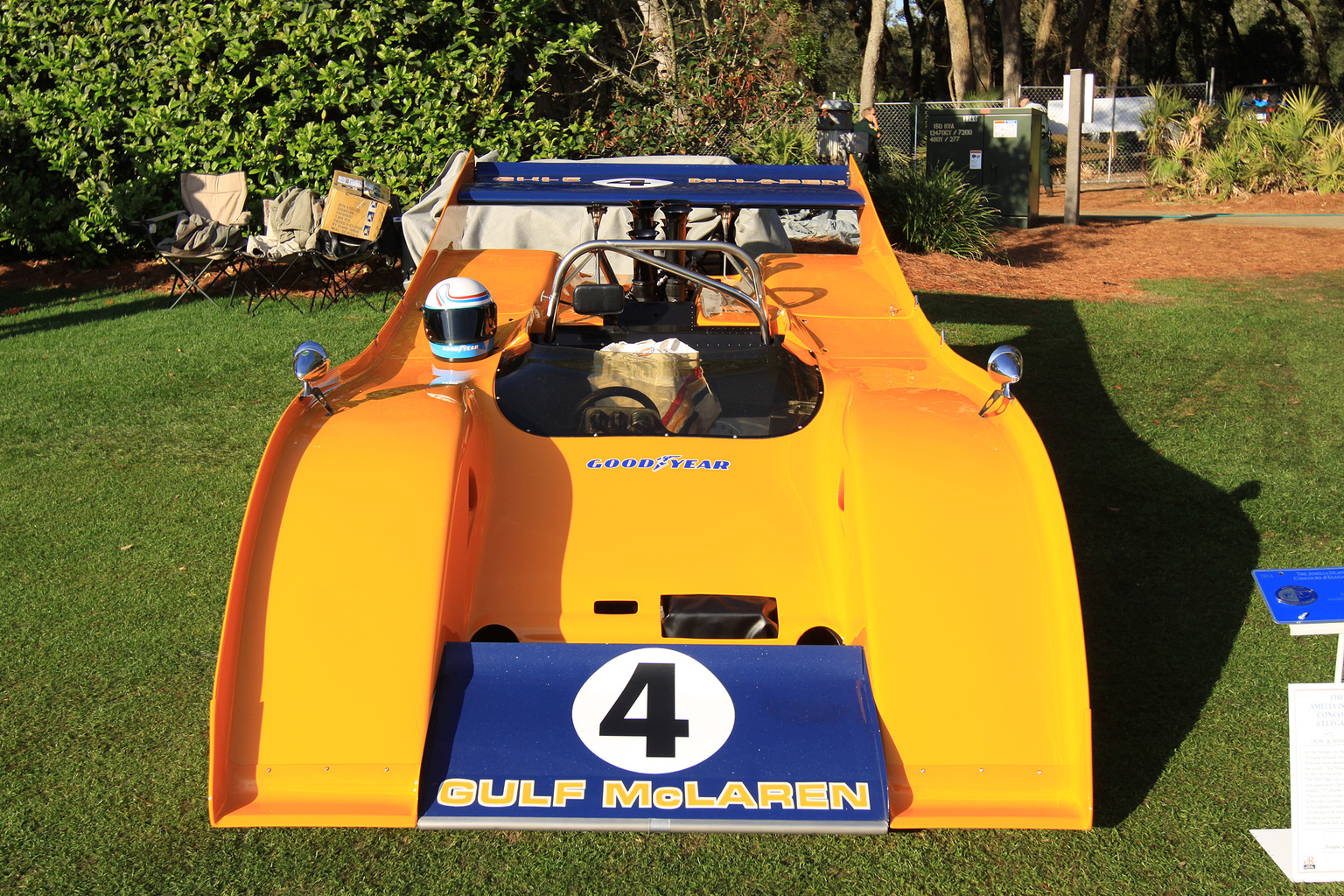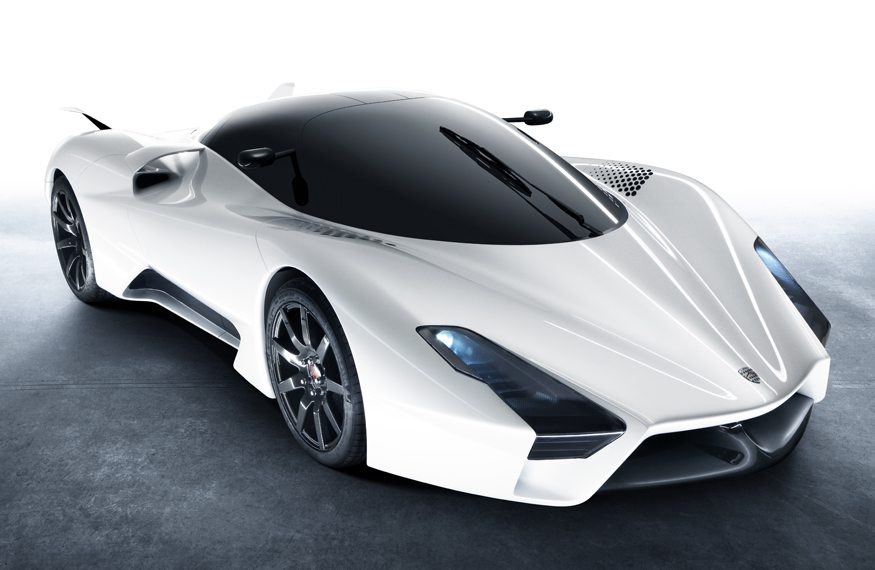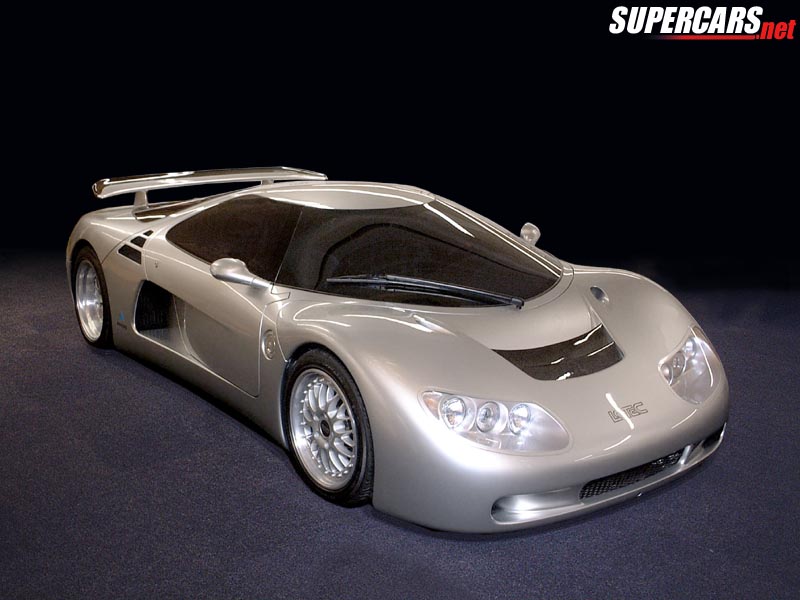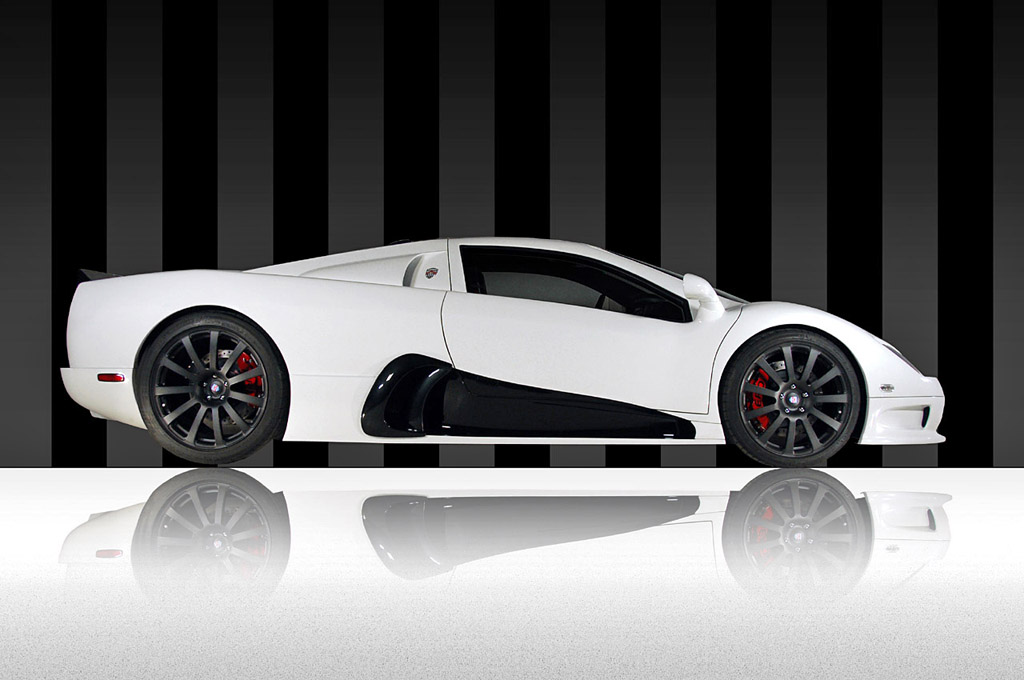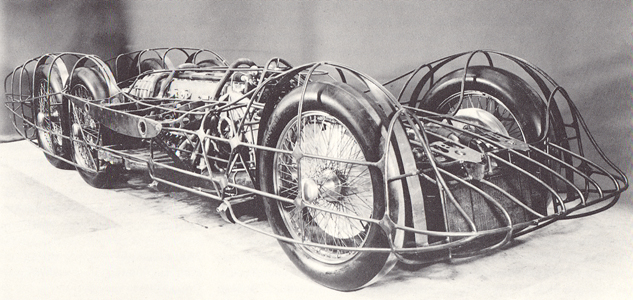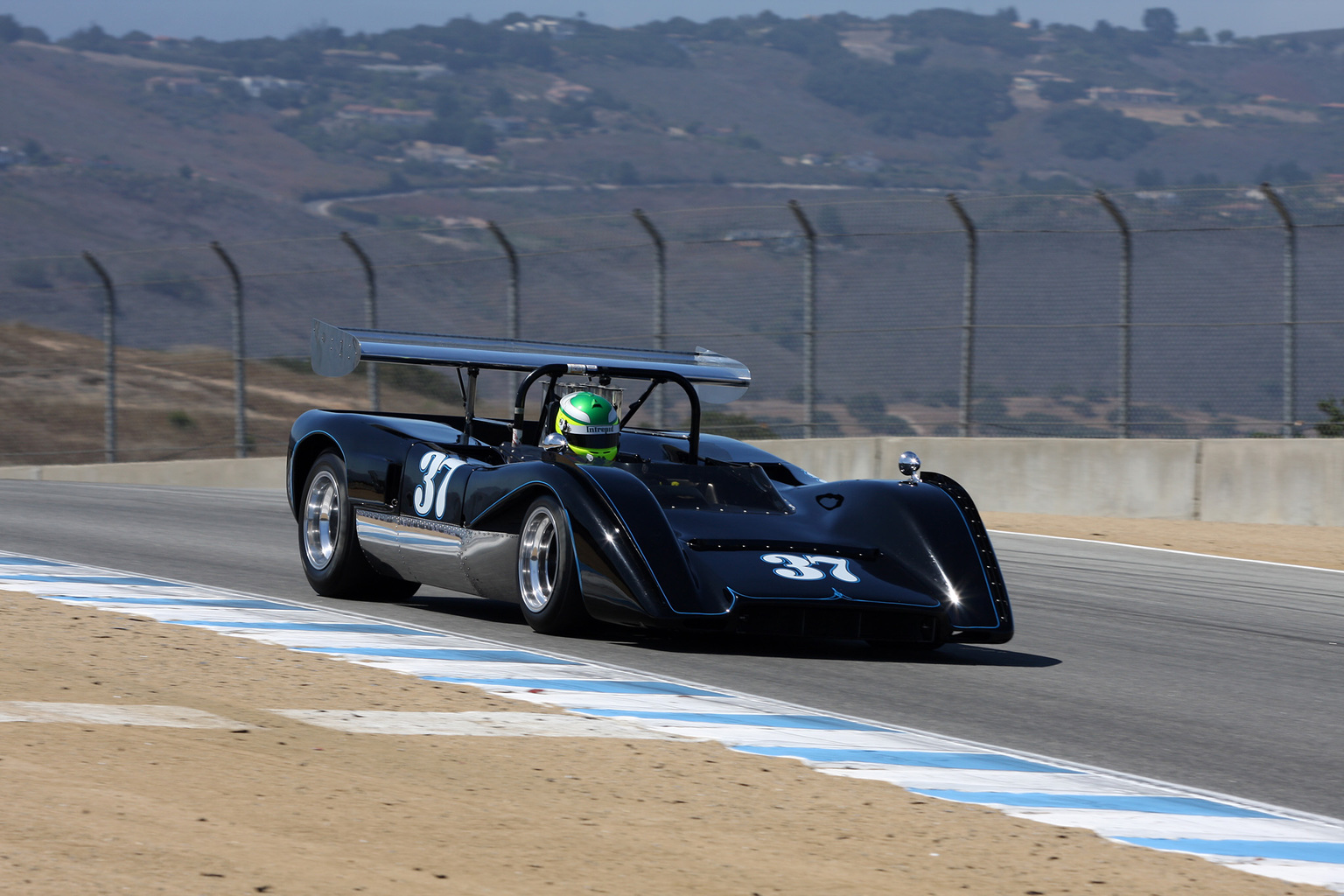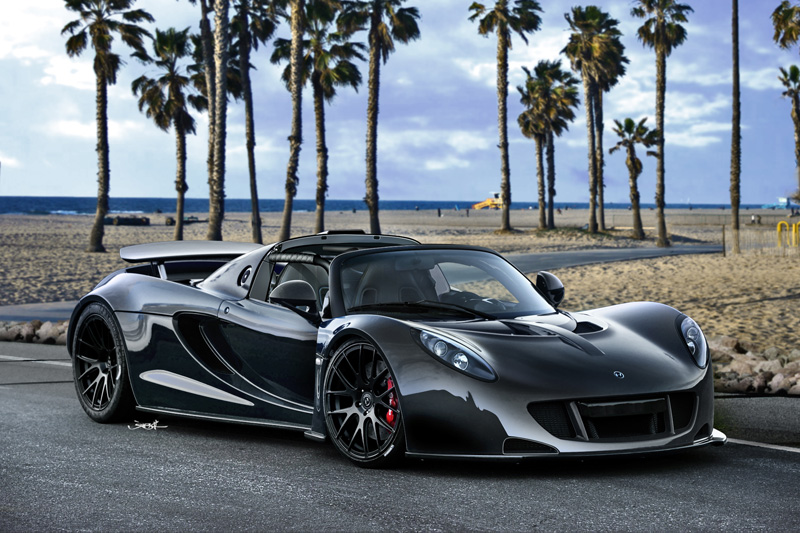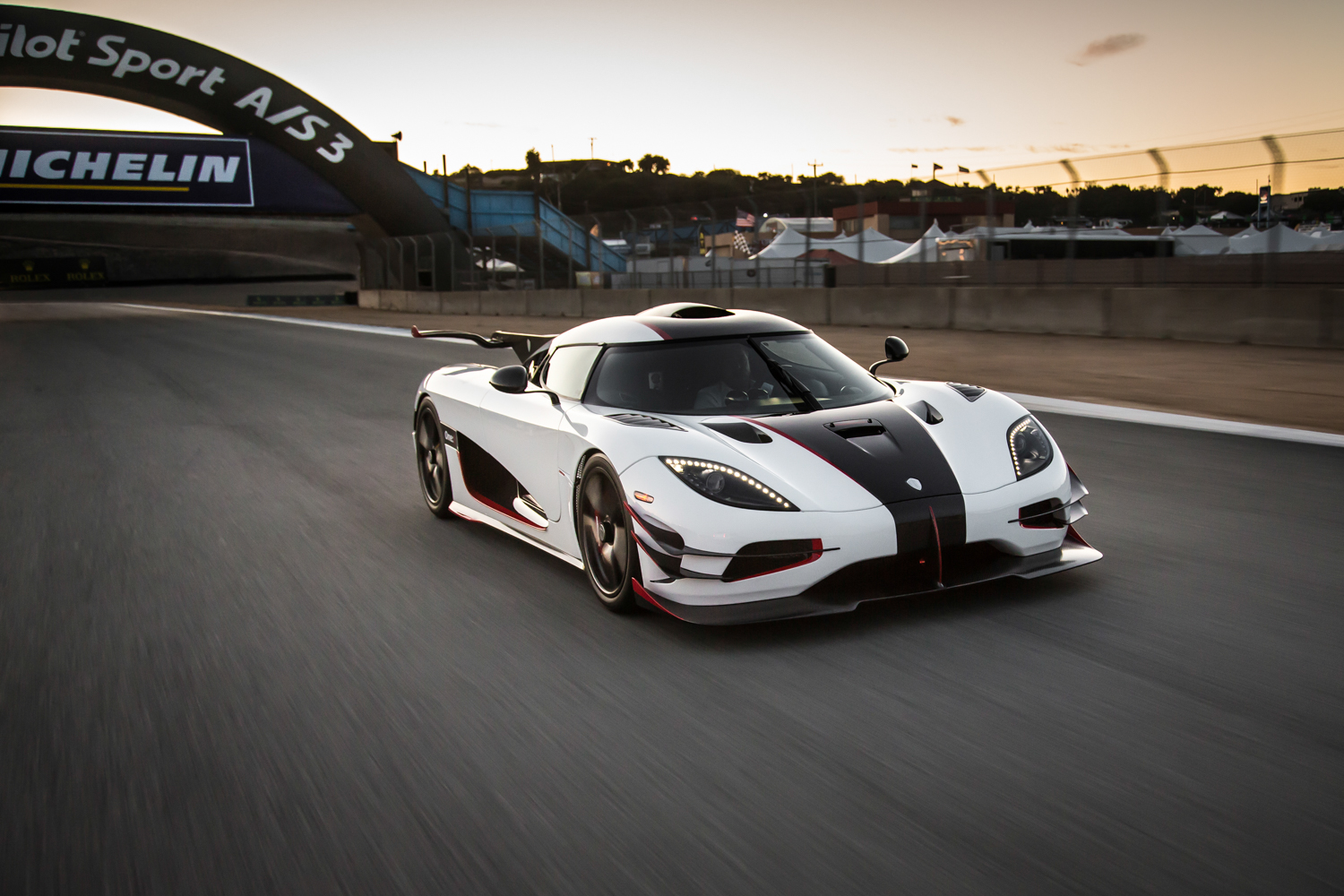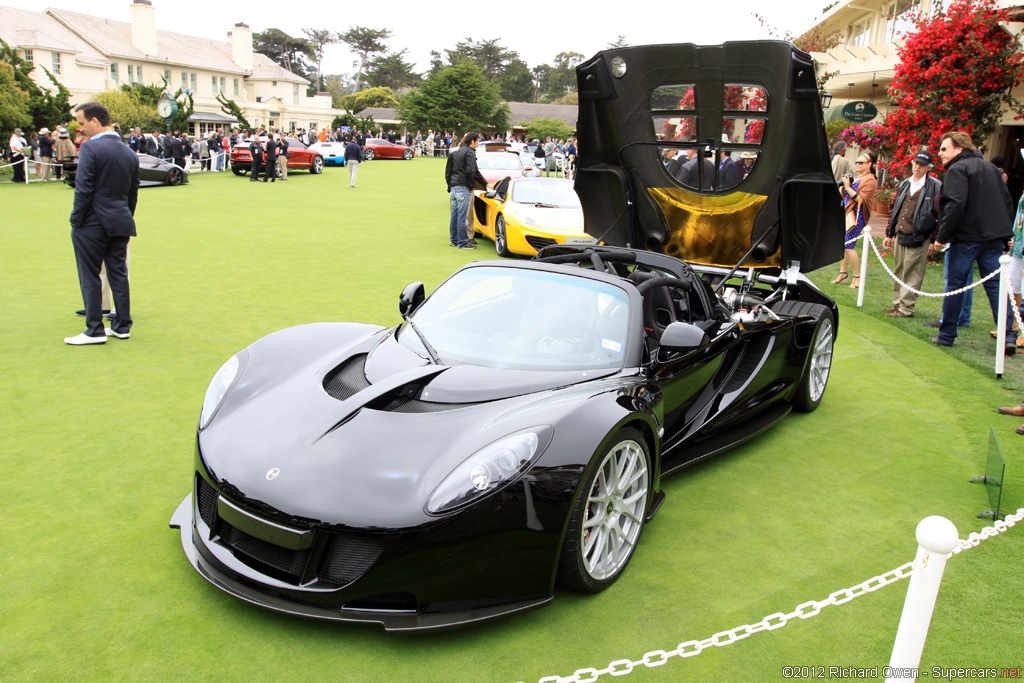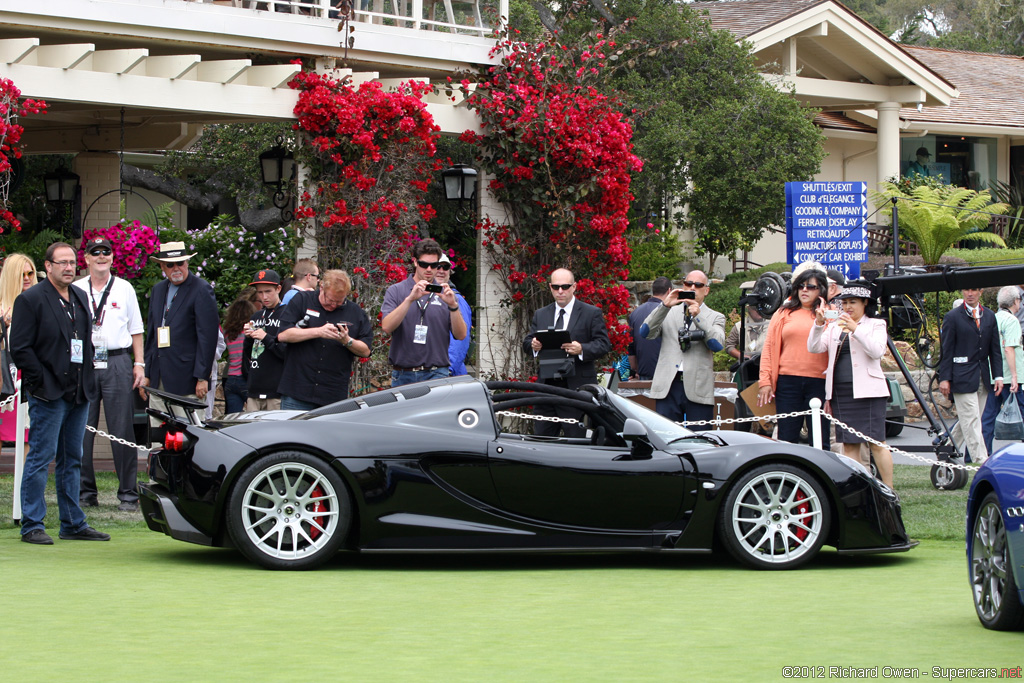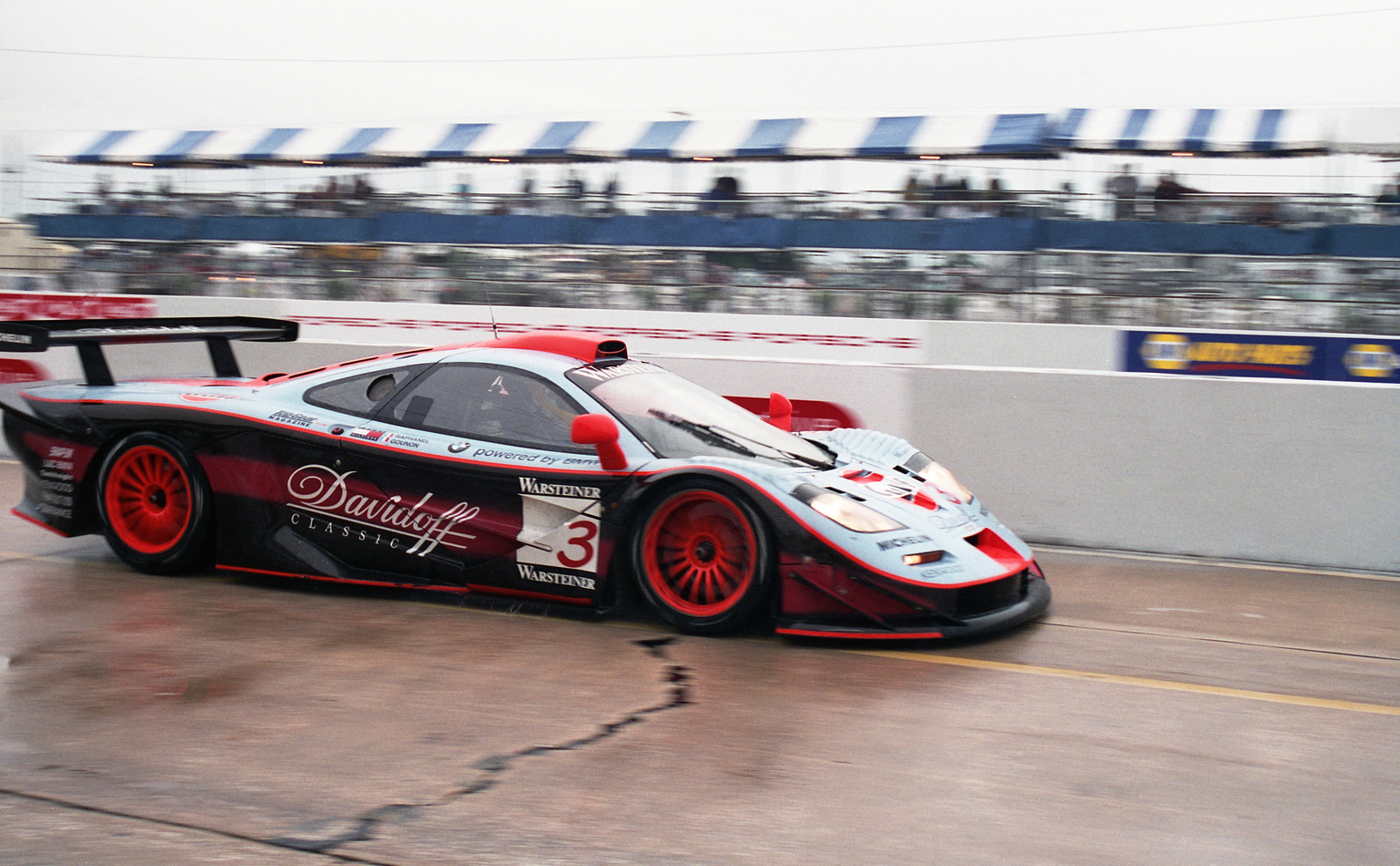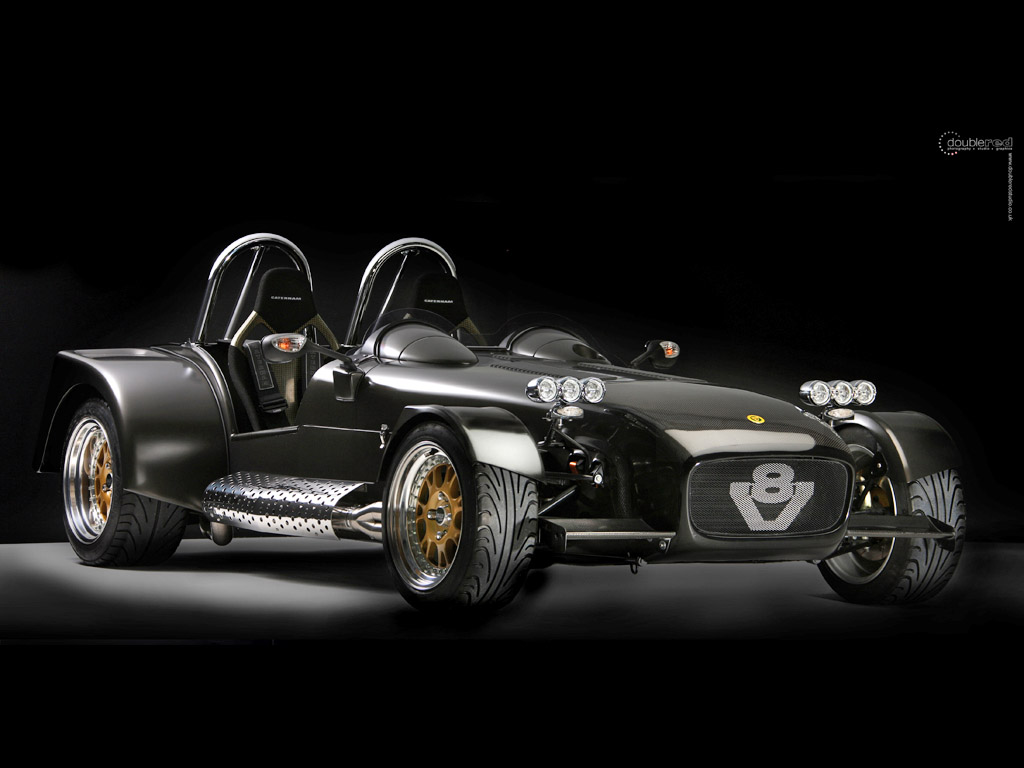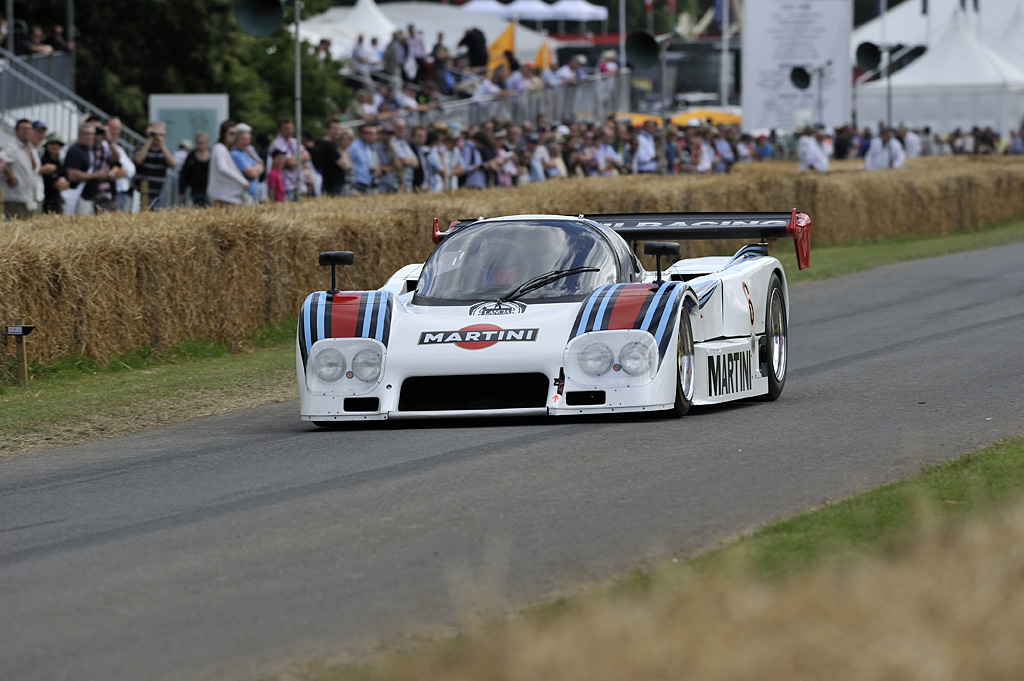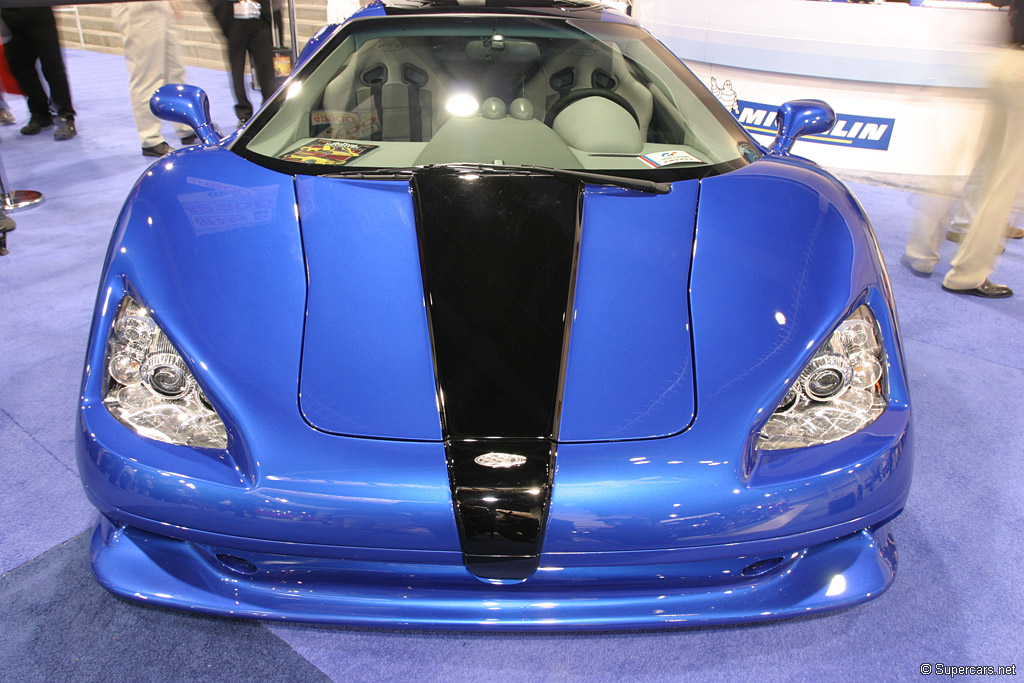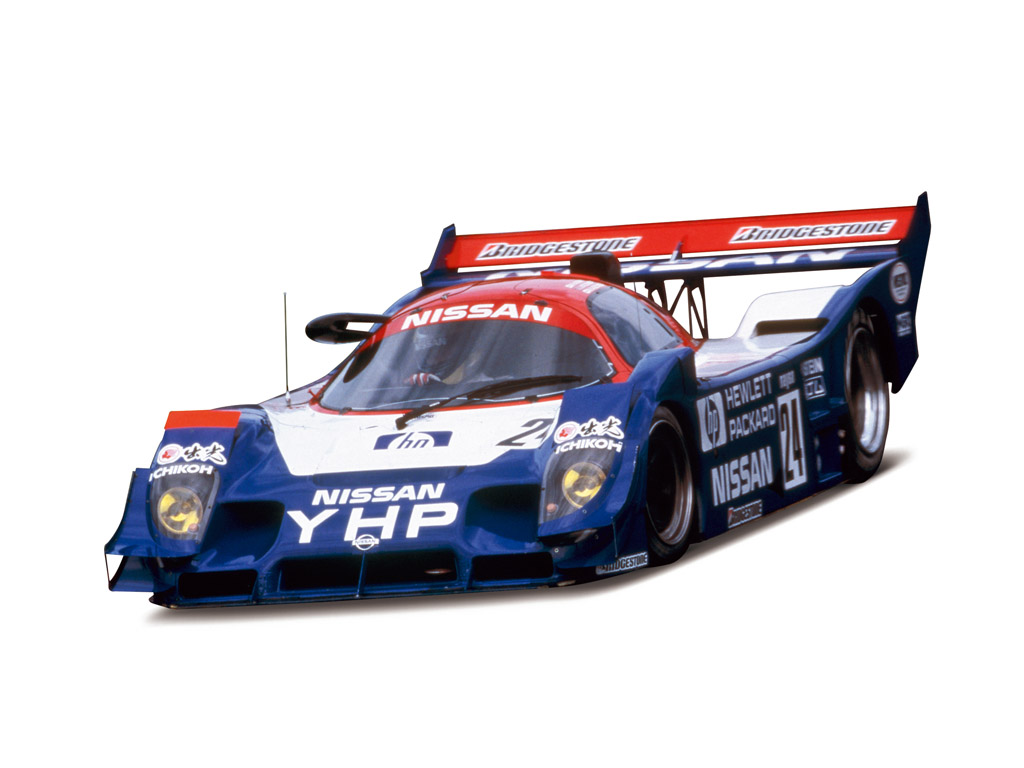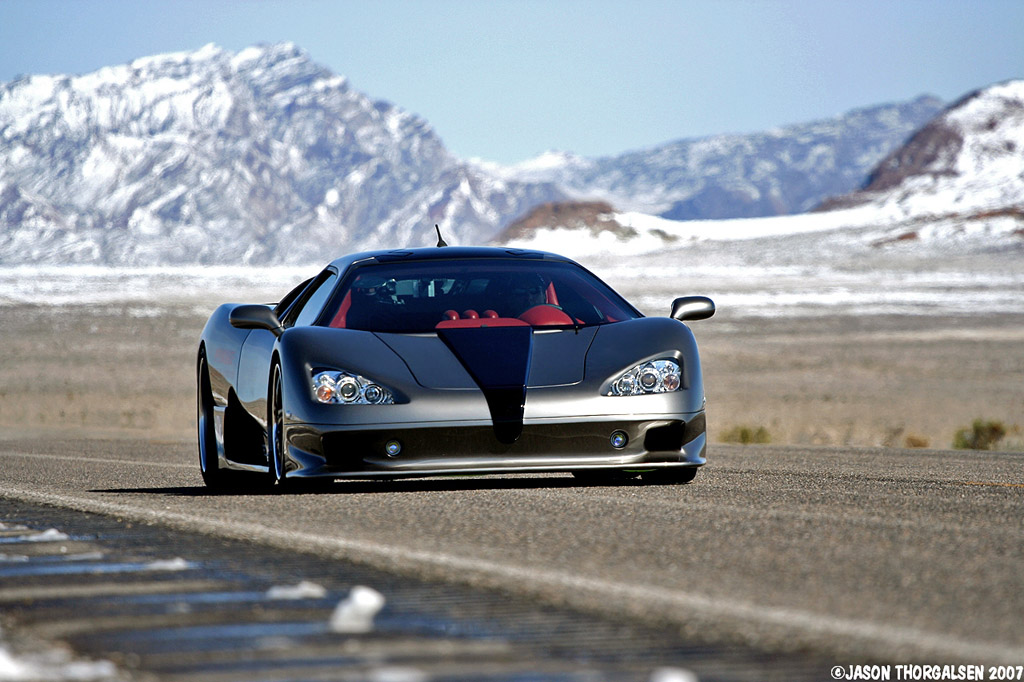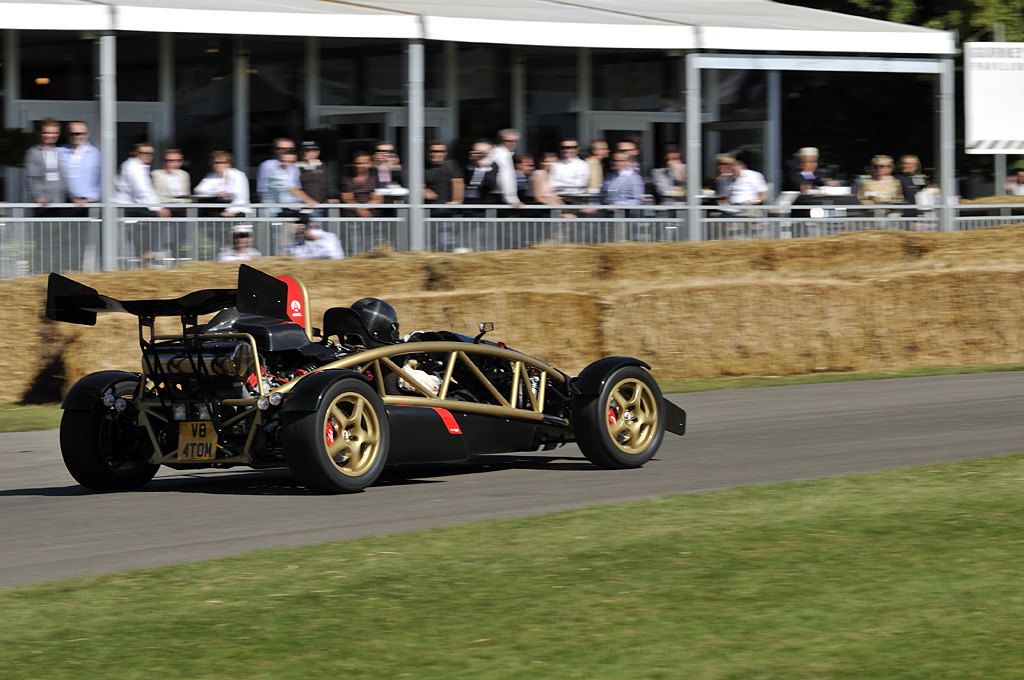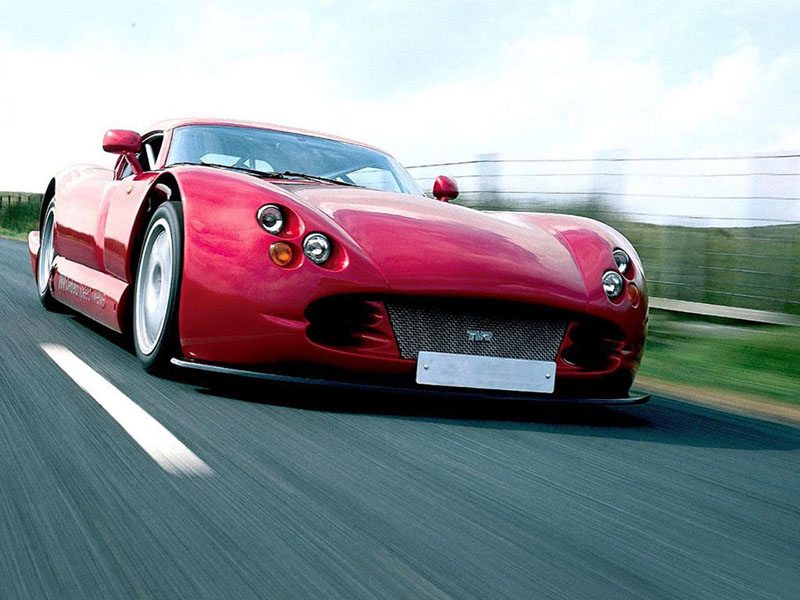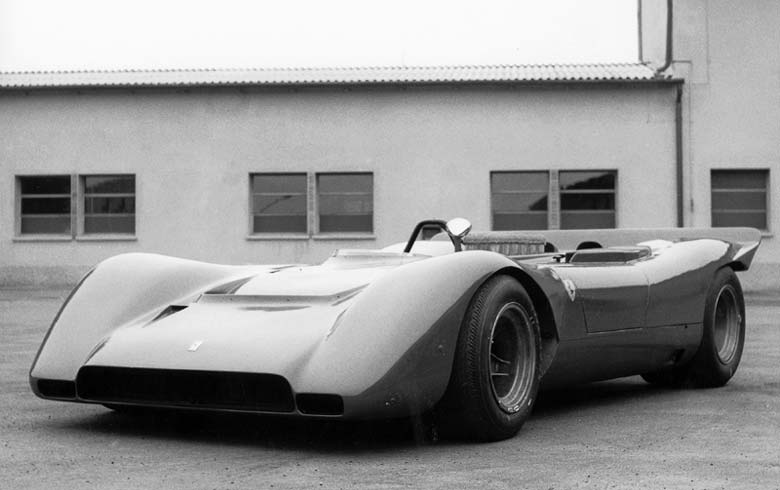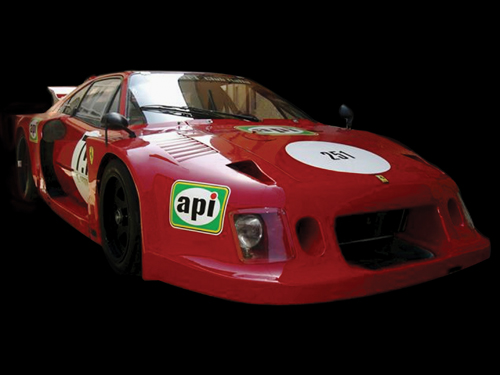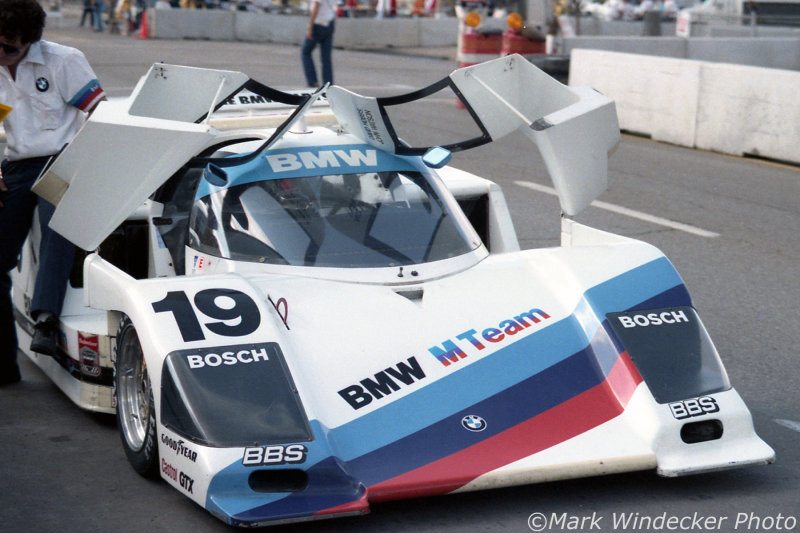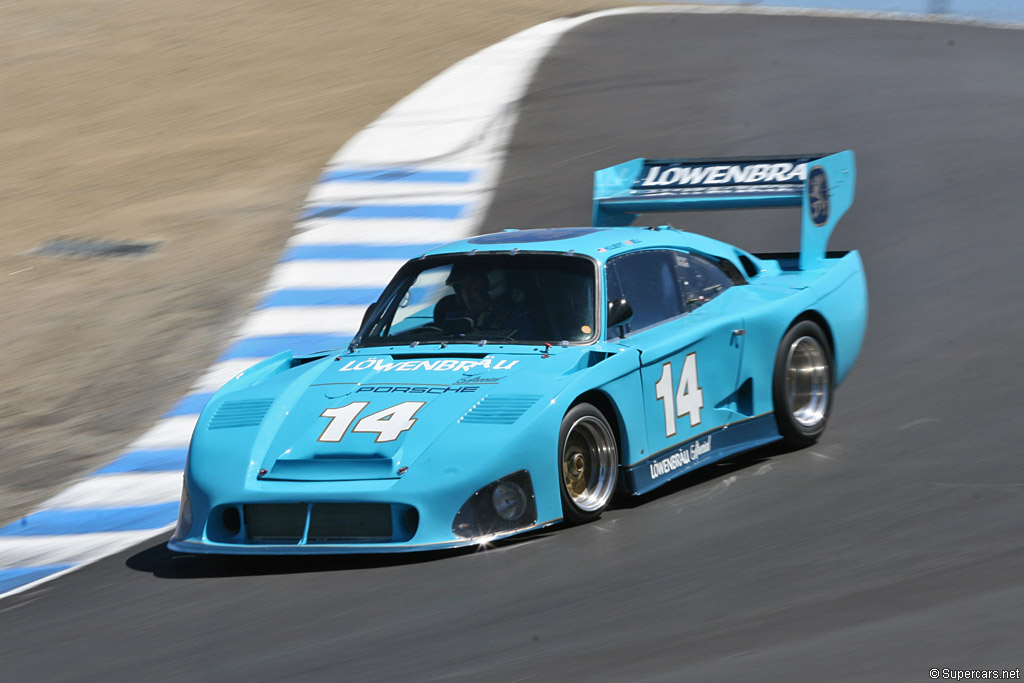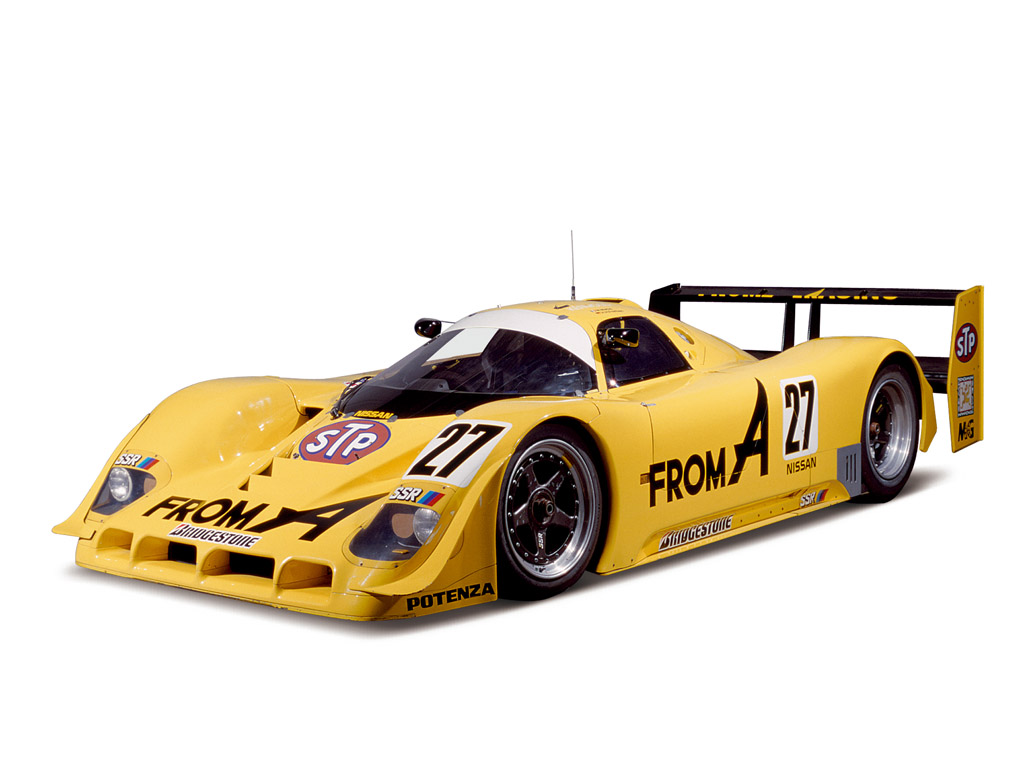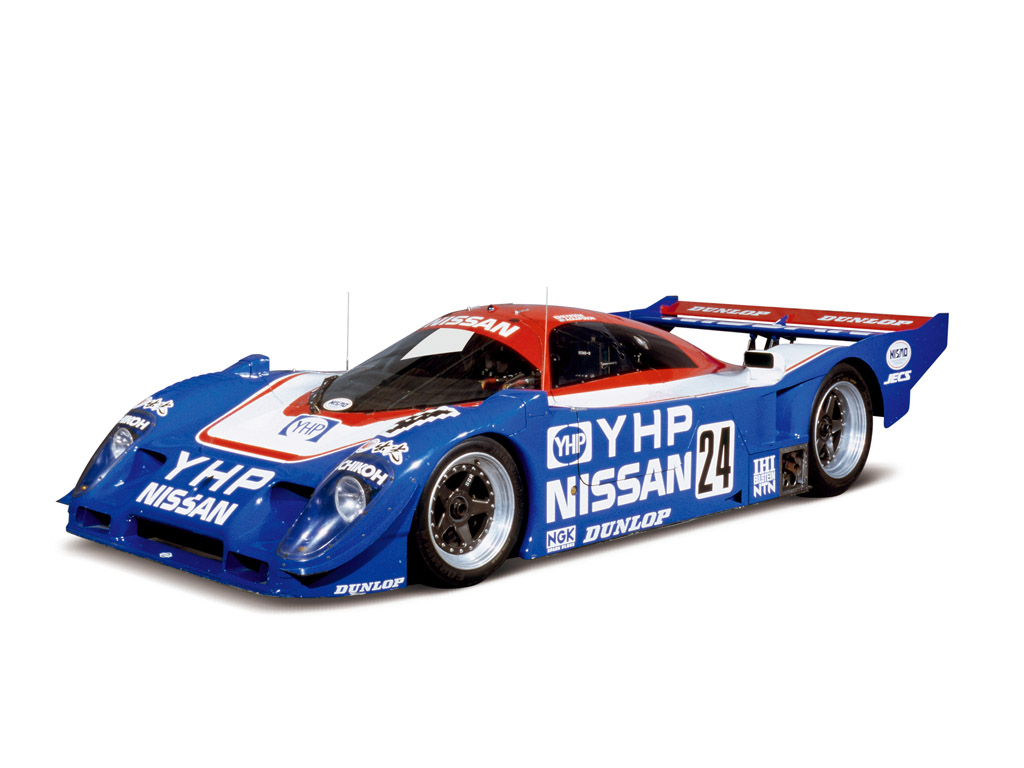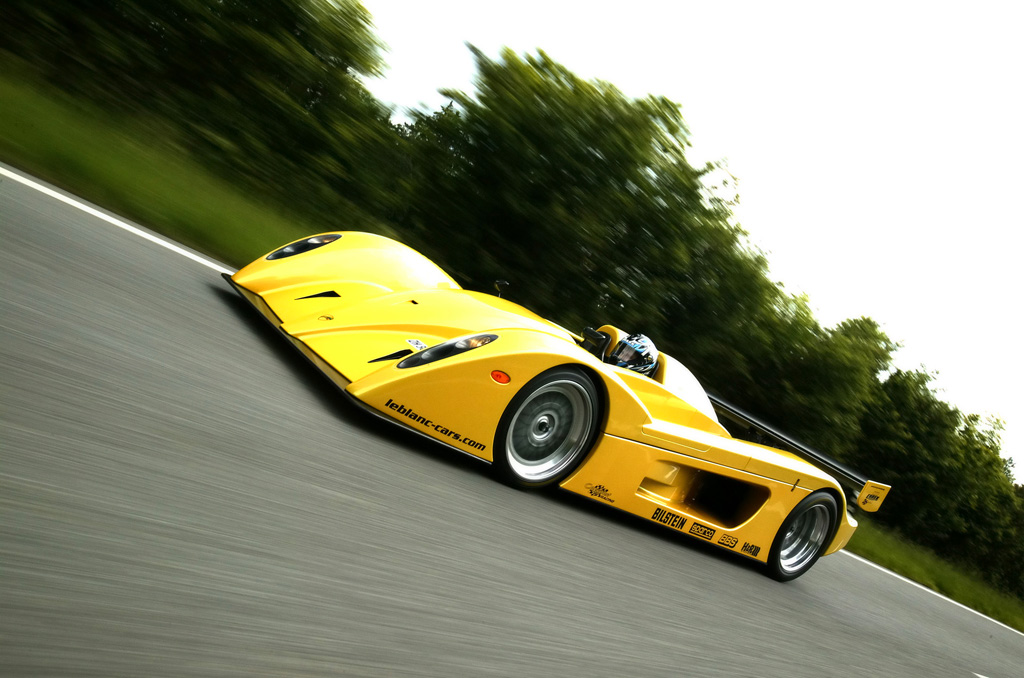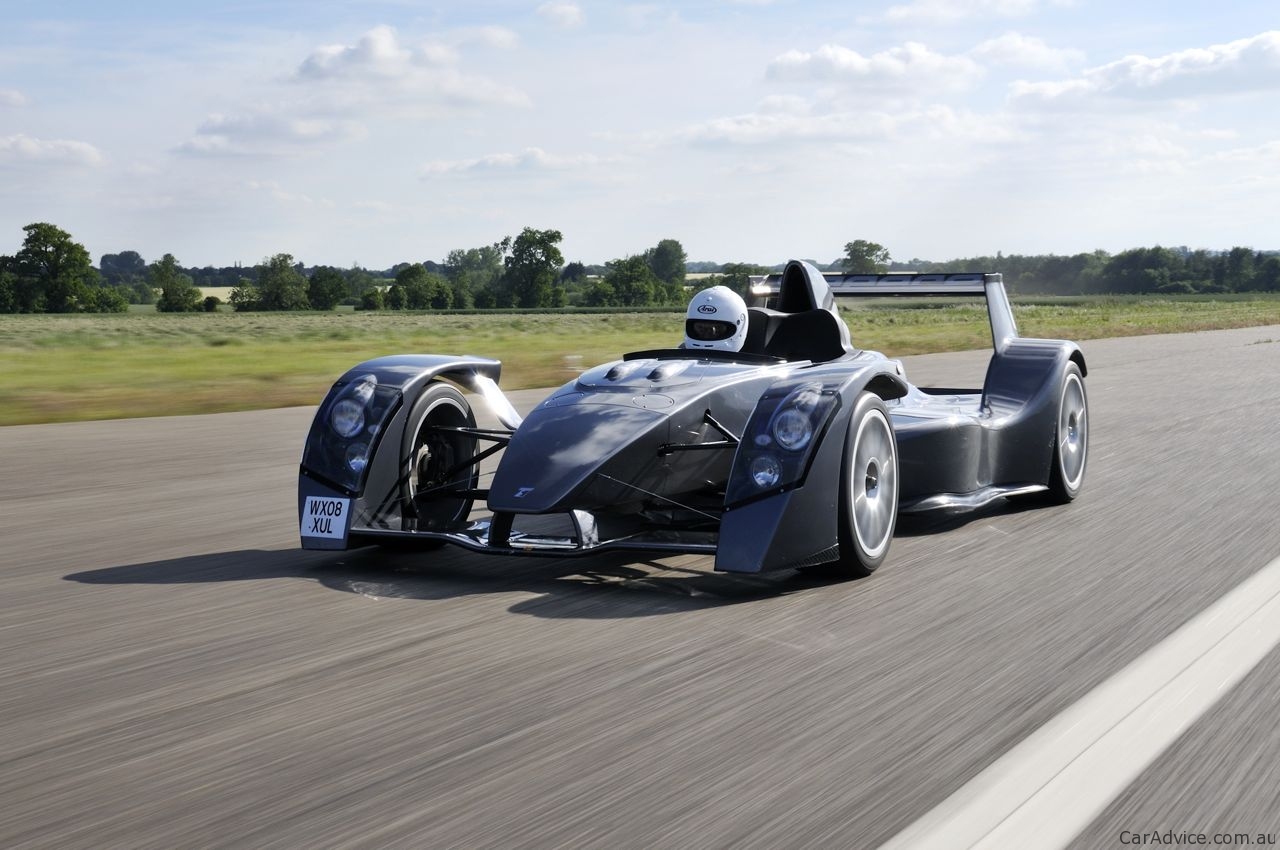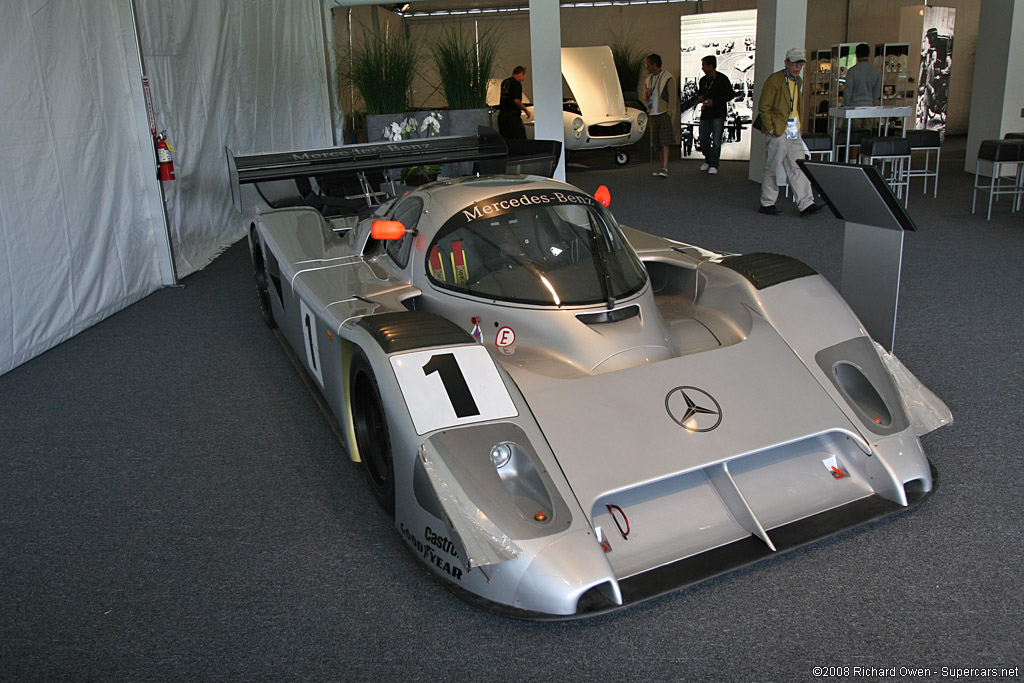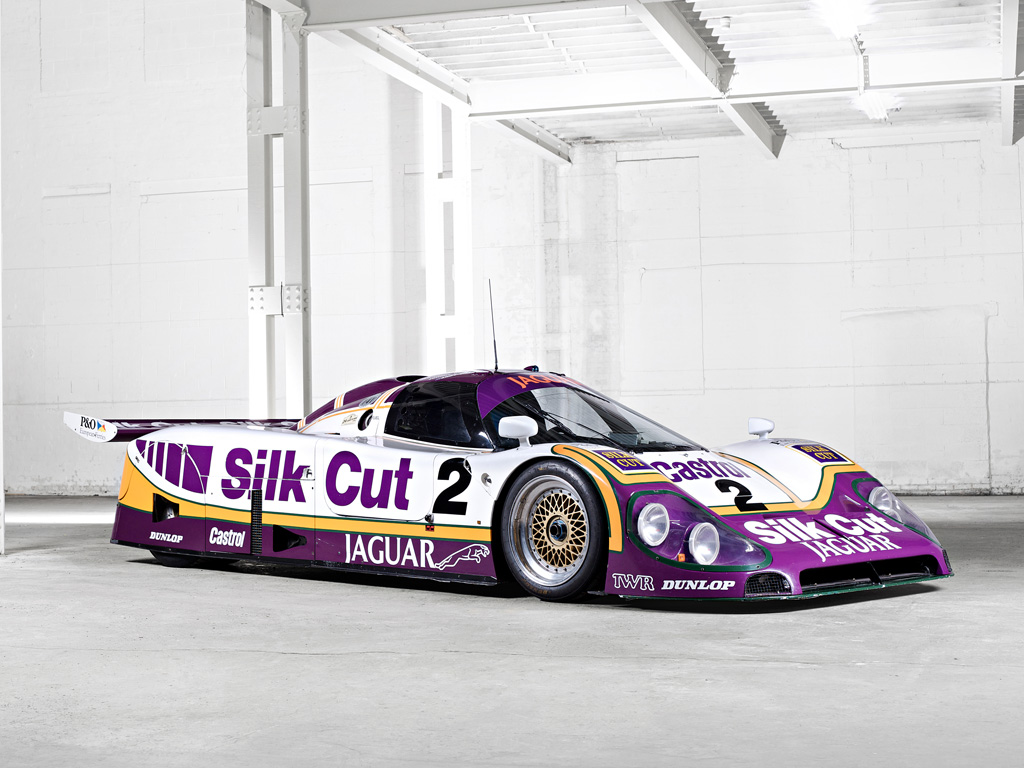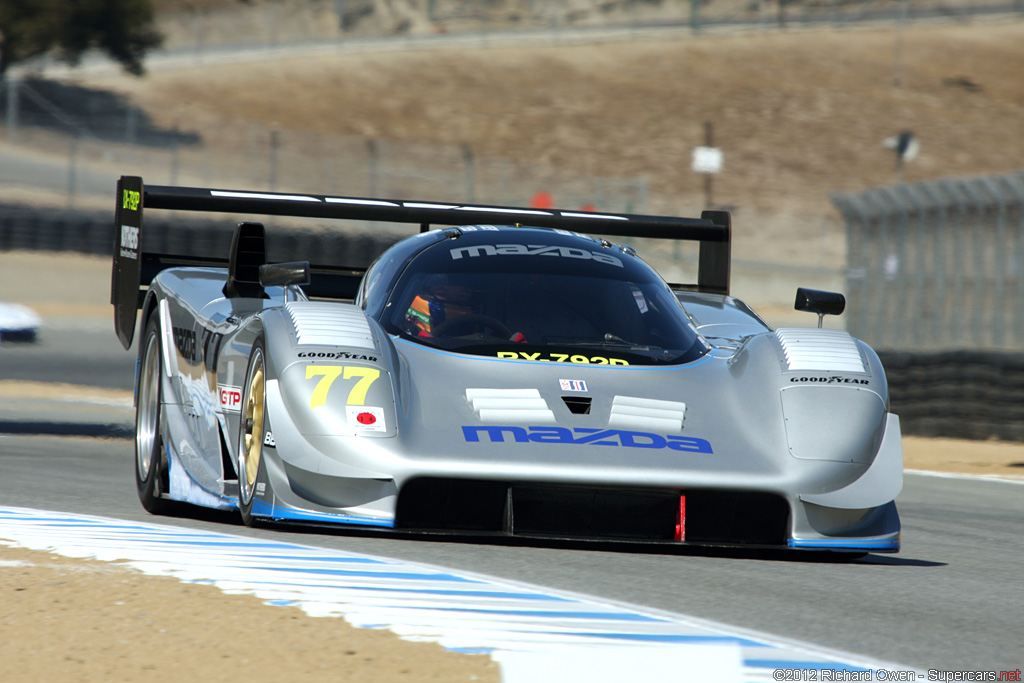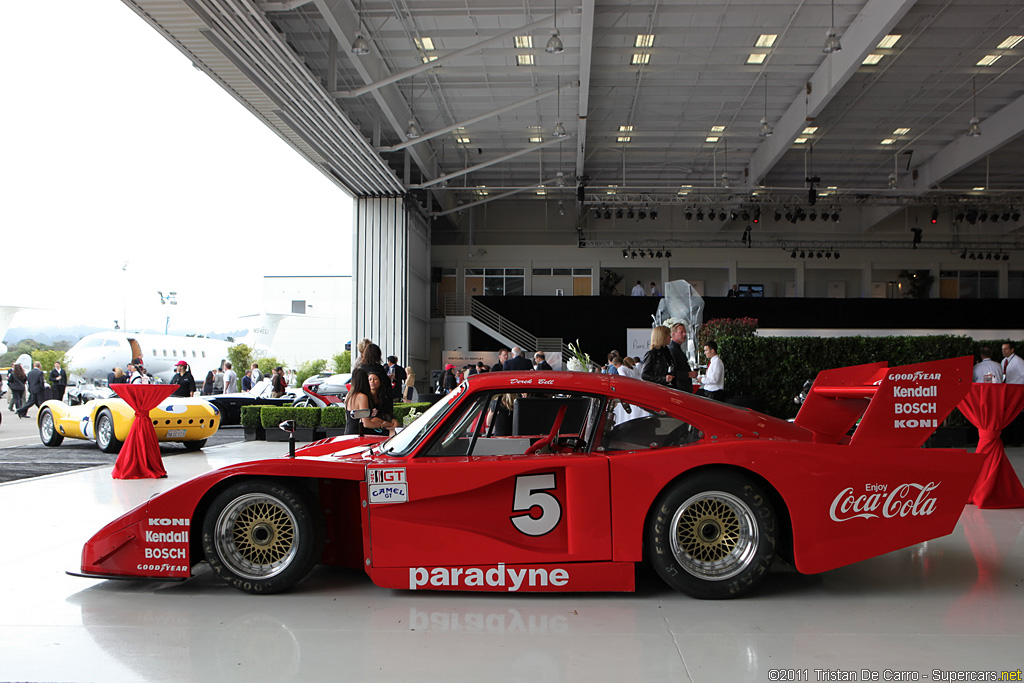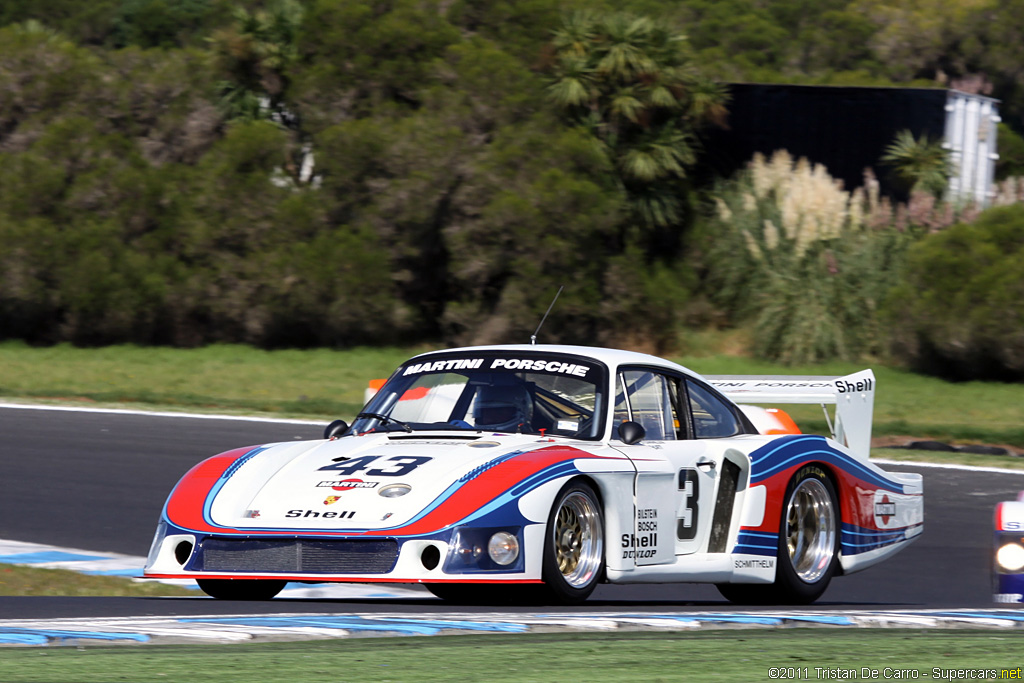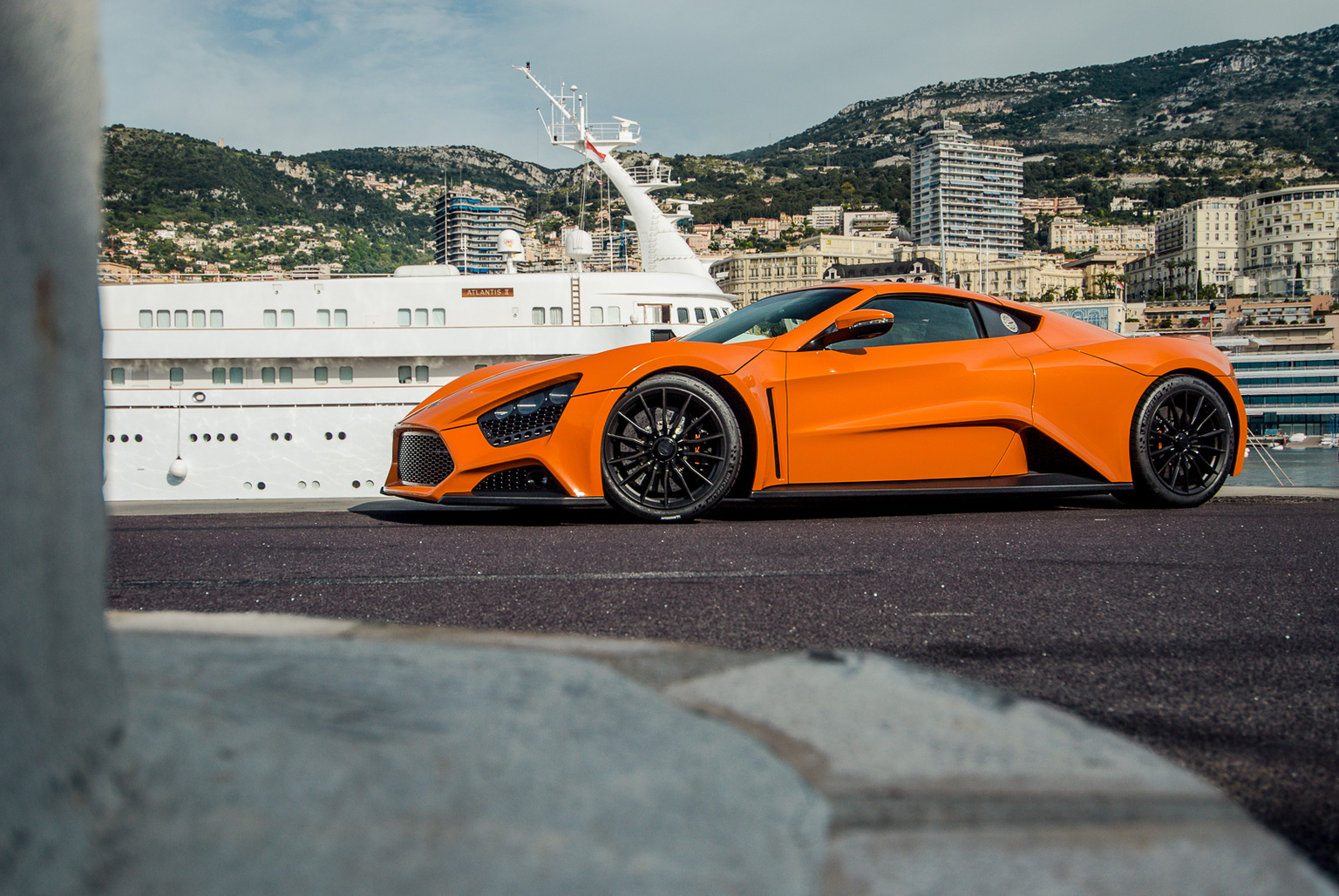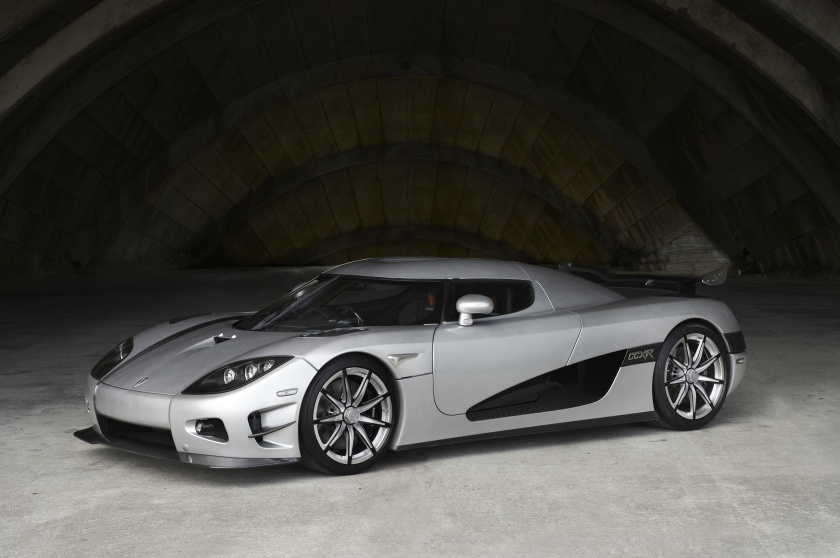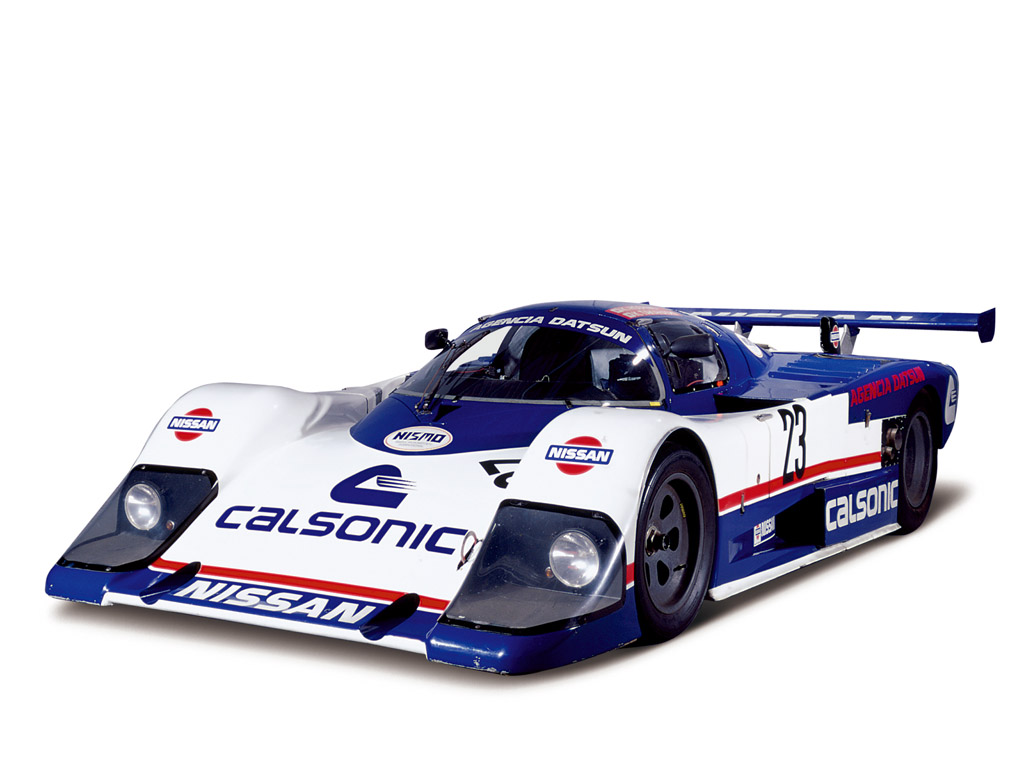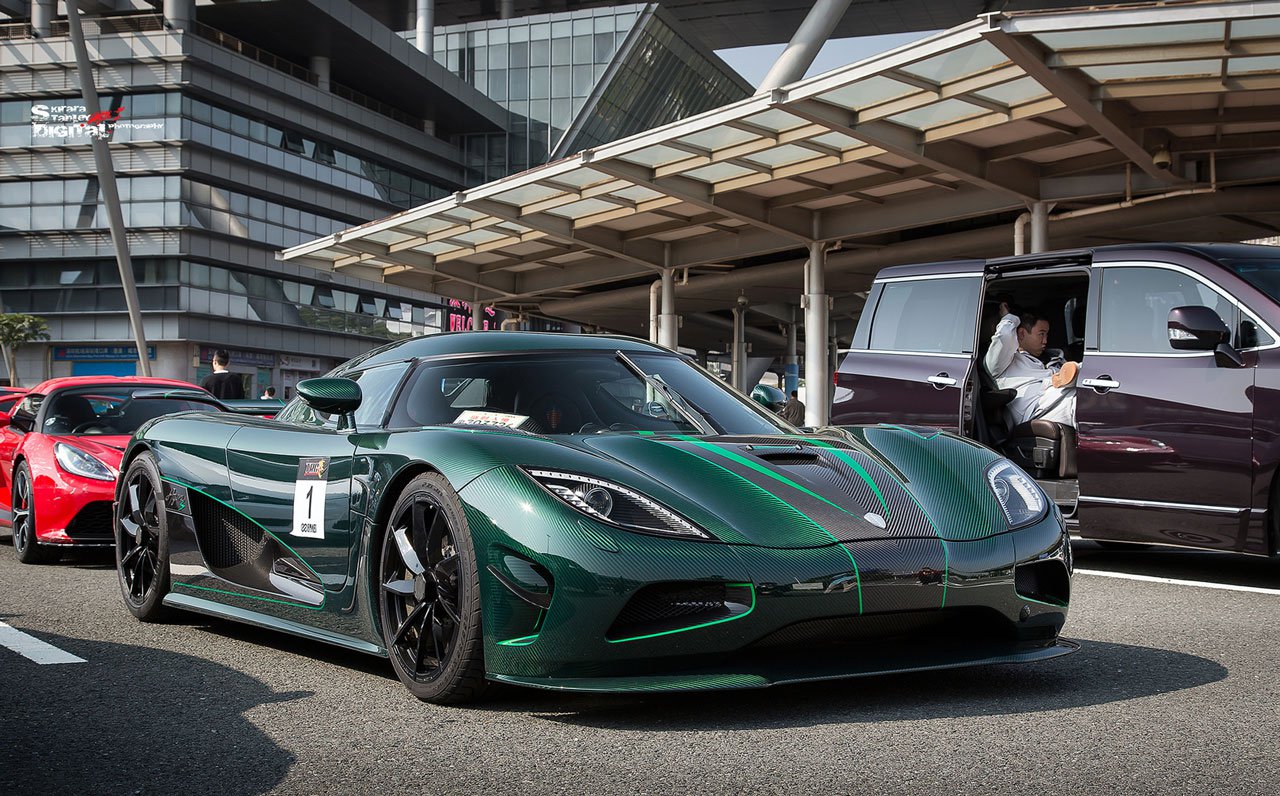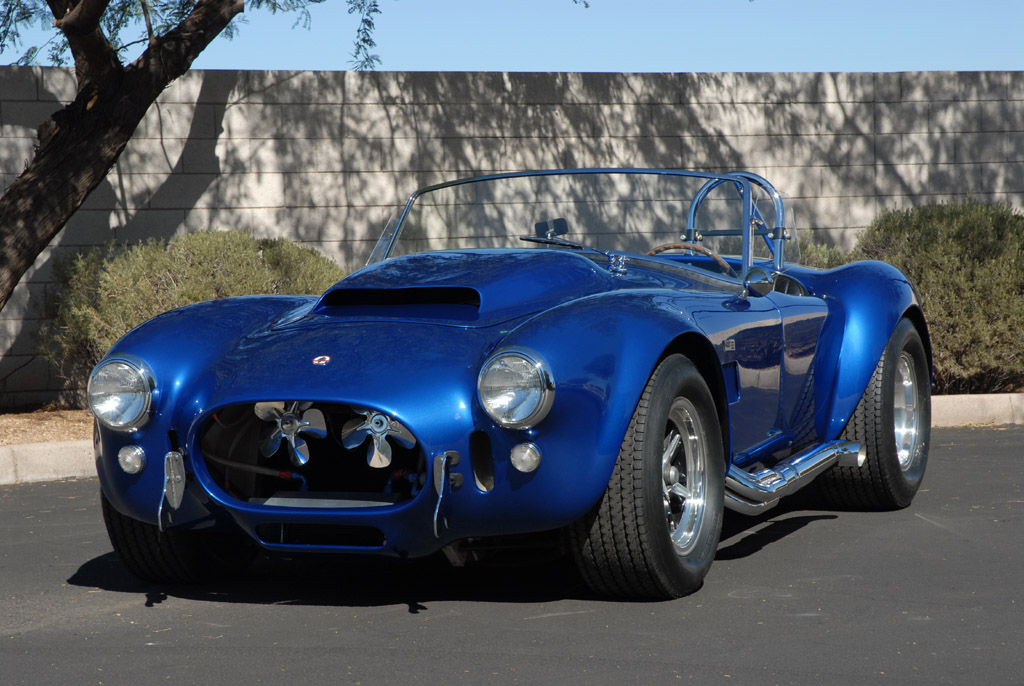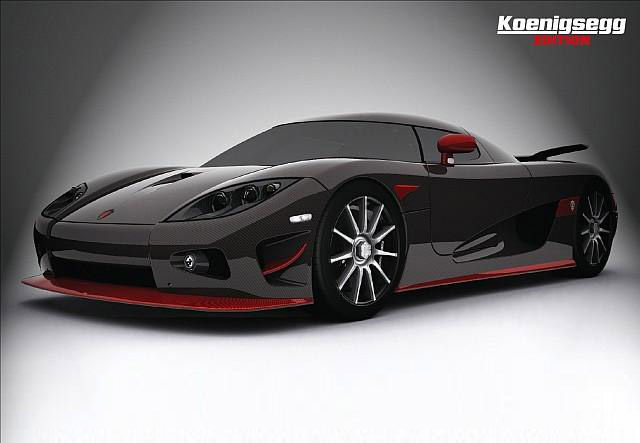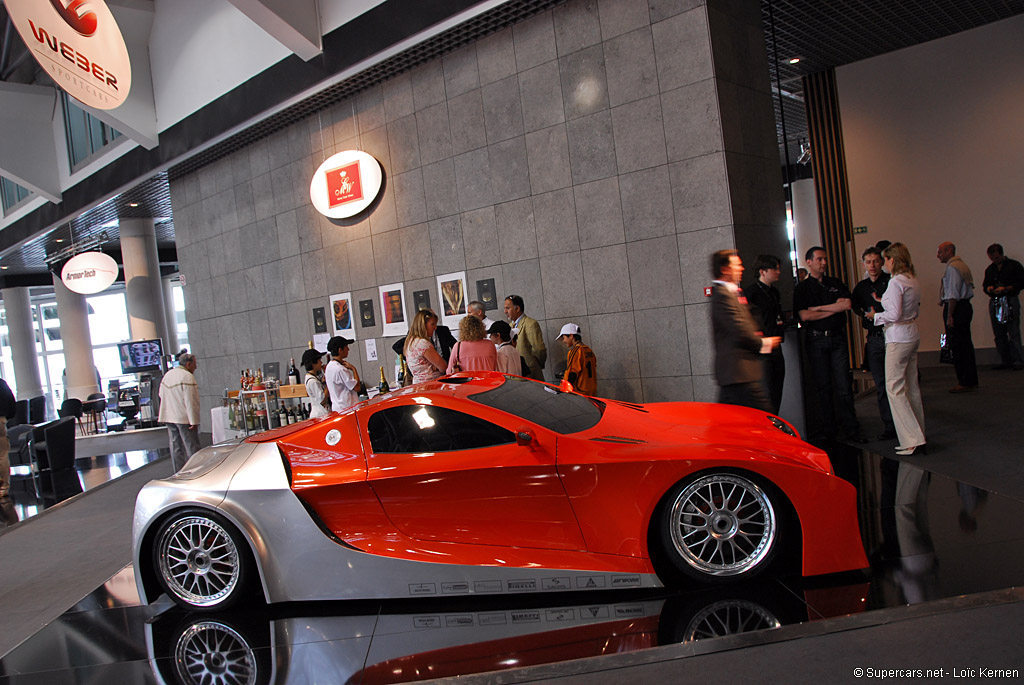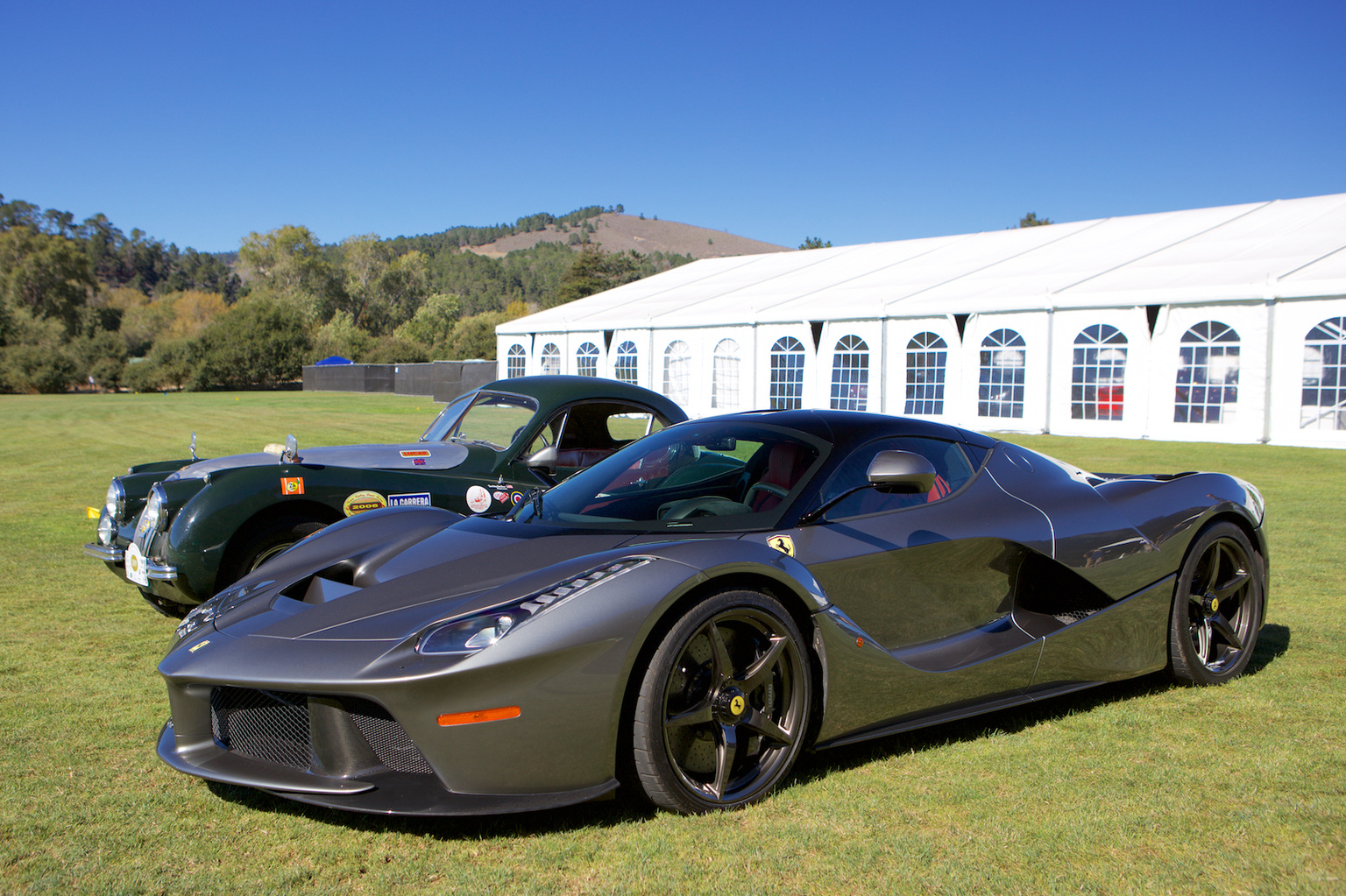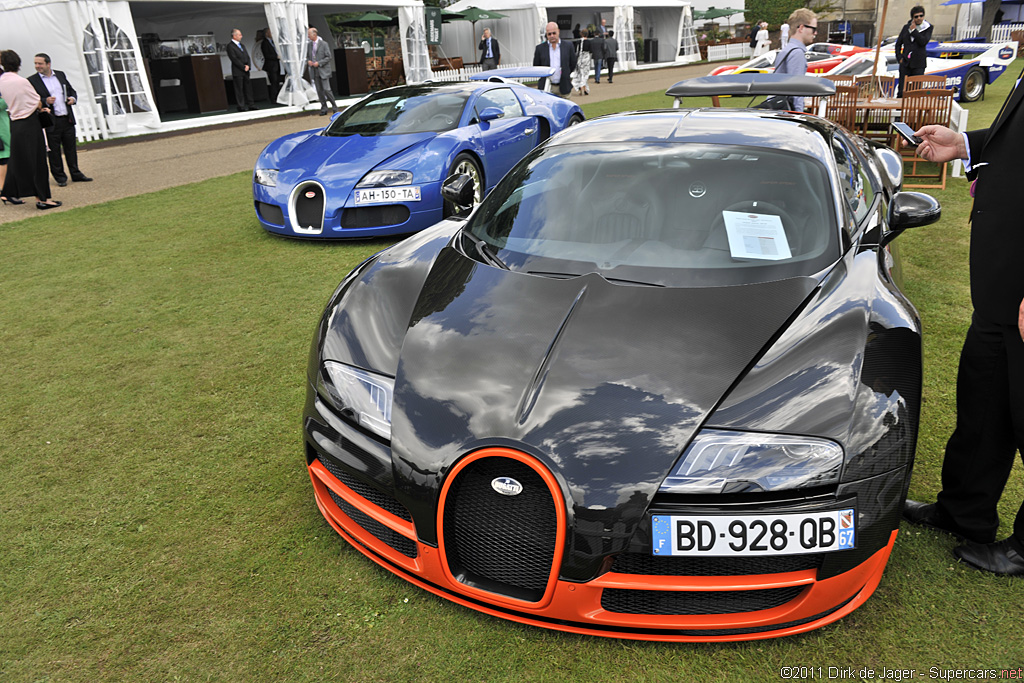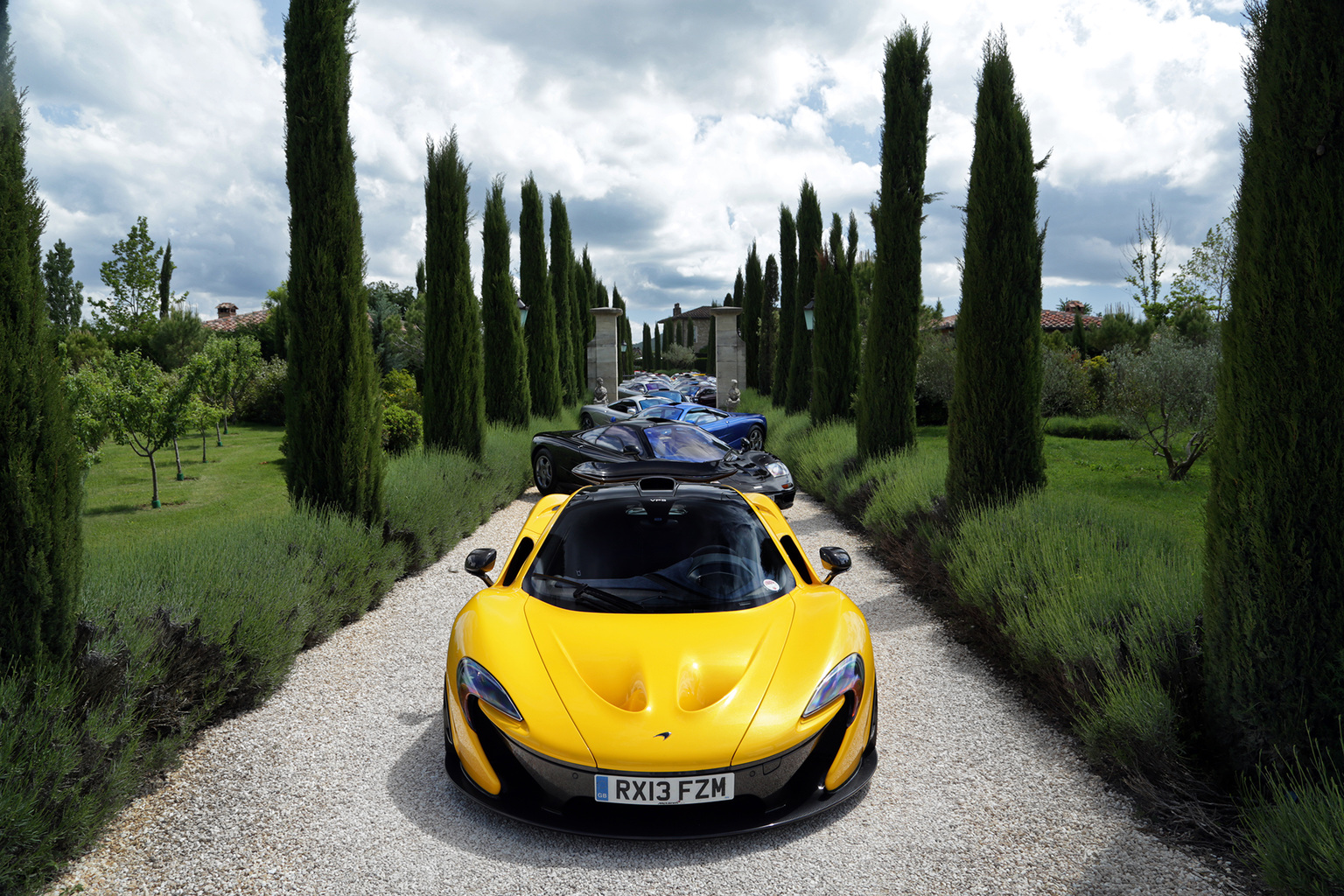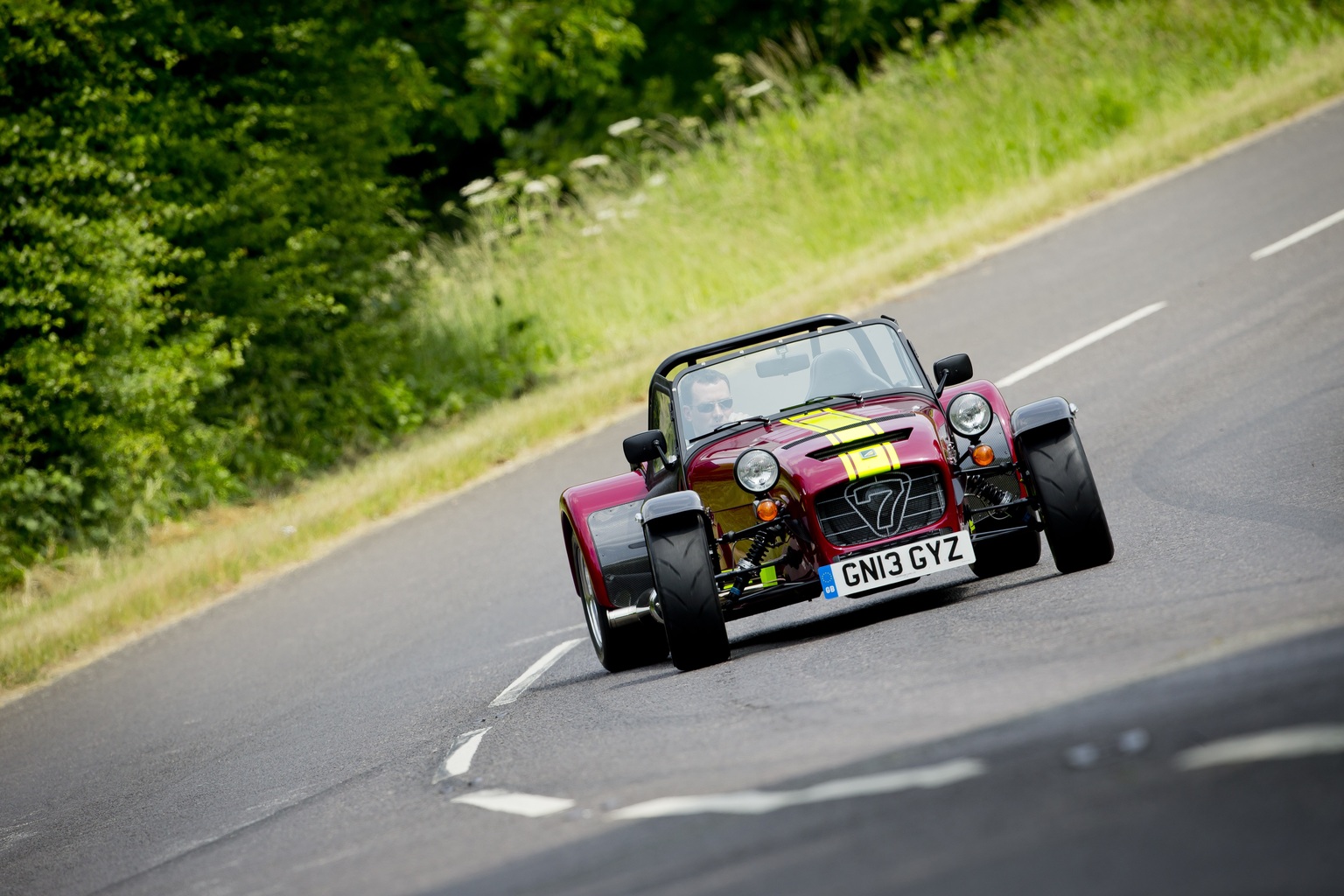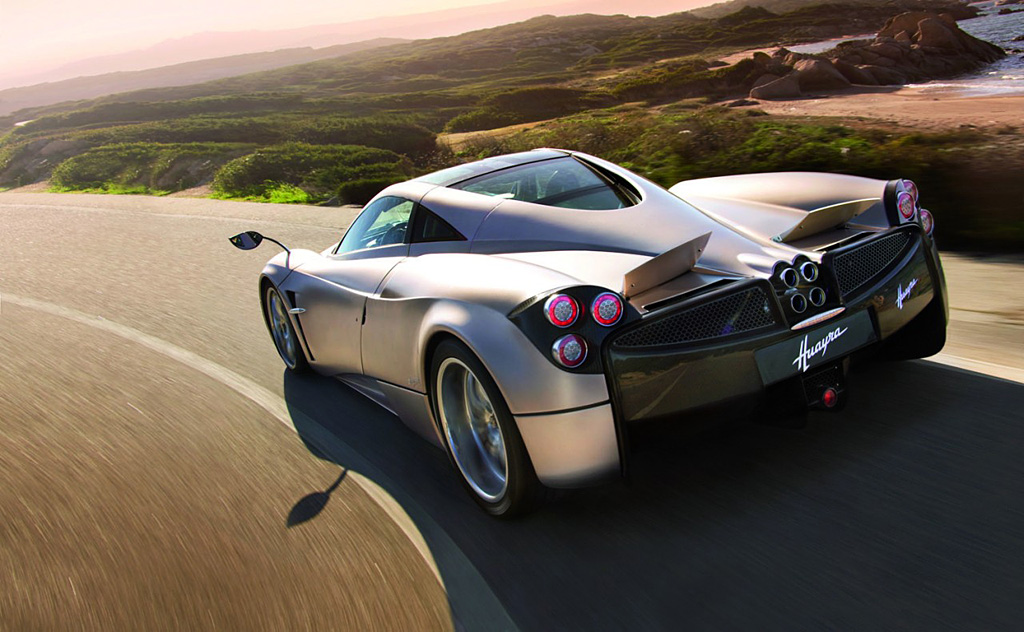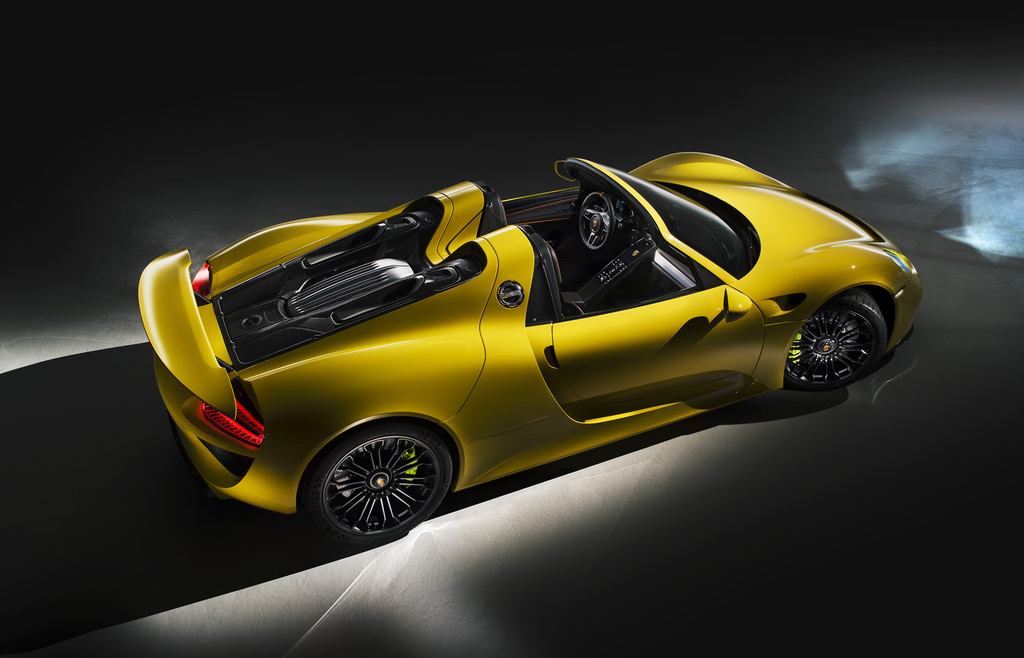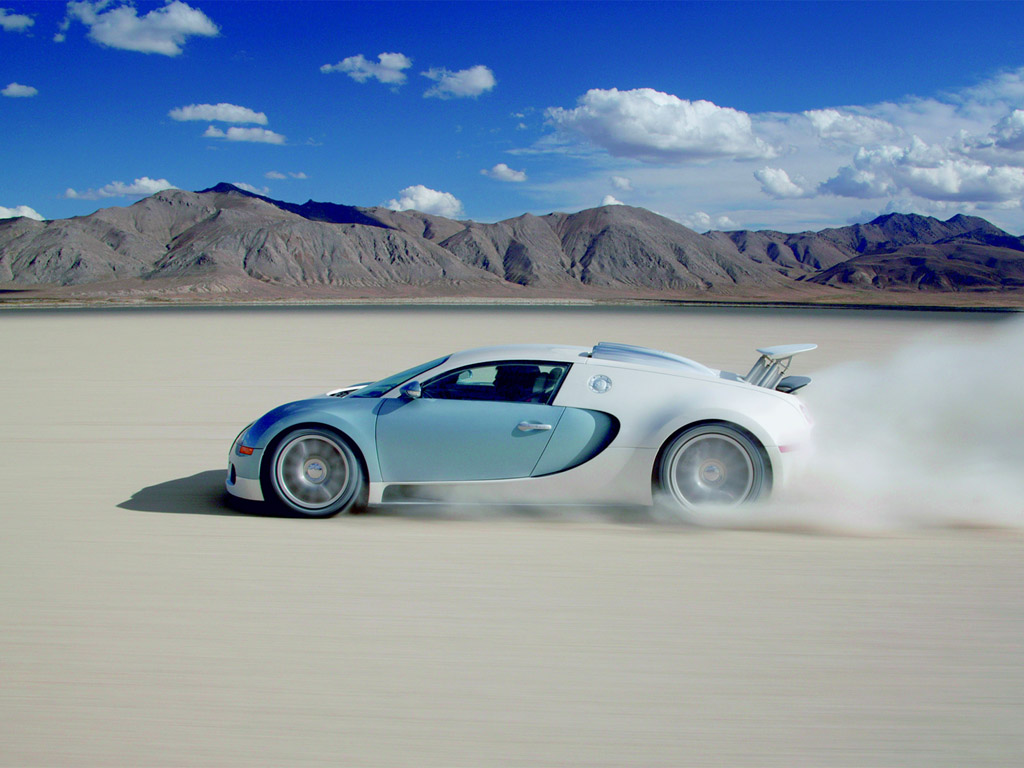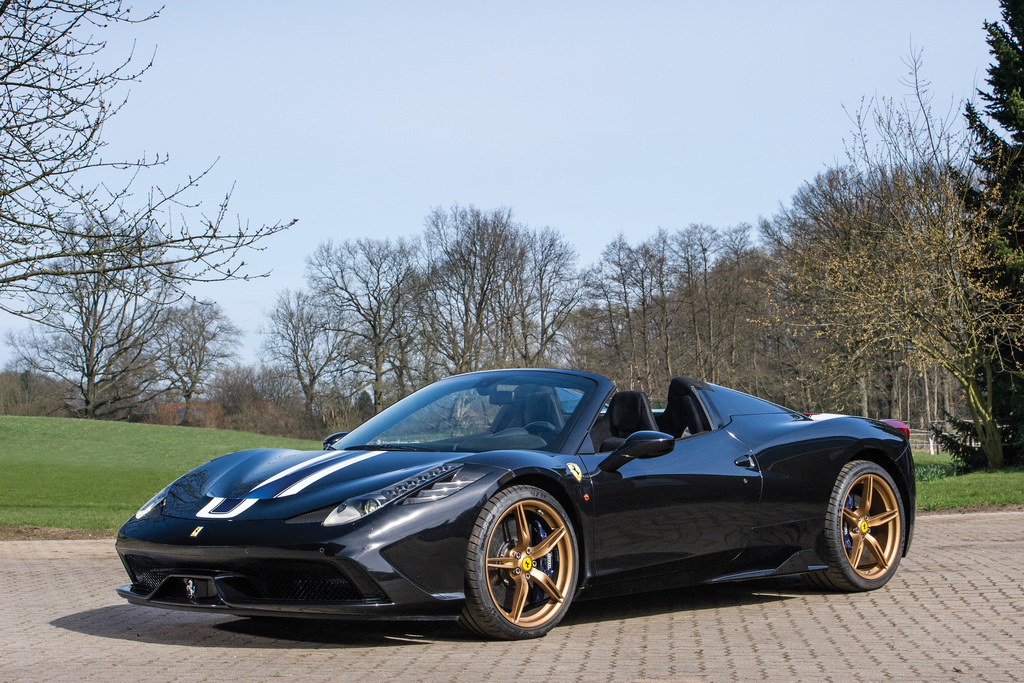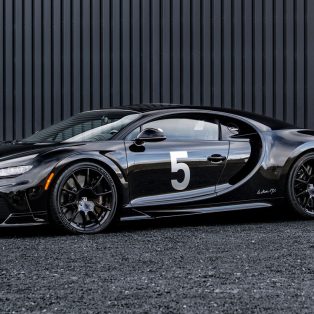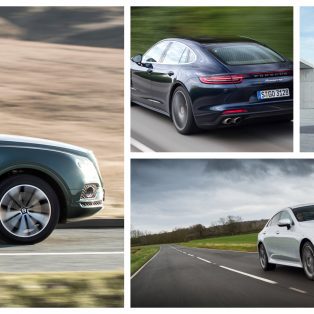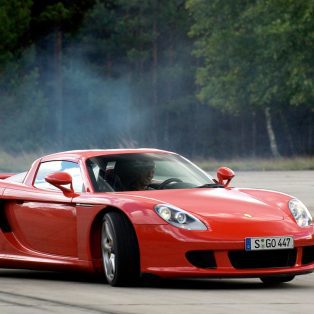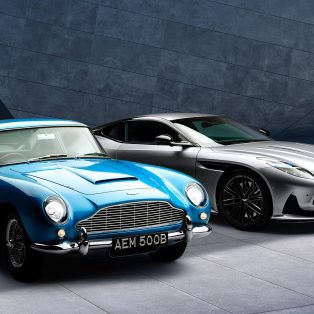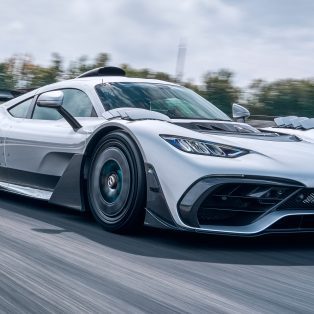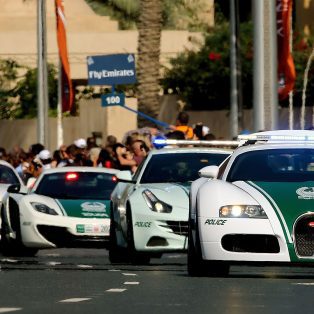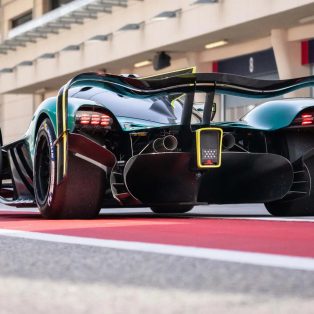Top 50 Supercars listed by power to weight ratios
What do motorcycle riders and Formula 1 drivers have in common? They know the benefits of a large power to weight ratio.
Big power + Light weight = Massive Power to Weight ratio and lots of smiles all around. If you ride a motorbike you get to skip lugging around a few thousand pounds of windows, doors and safety equipment and in return your engine has less to drag around, which definitely livens things up.
Formula 1 drivers are probably the biggest power-to-weight ratio junkies of anyone because the typical power-to-weight ratio of a standard Formula 1 car is around four hundred and twenty-two watts per pound. That will do me just fine.
Don’t forget our other awesome lists: Fastest 0-60 Cars, Fastest Car by Top Speed
So, what is power to weight ratio?
Power-to-weight ratio (or specific power or power-to-mass ratio) is a calculation commonly applied to engines and mobile power sources to enable the comparison of one unit or design to another. Power-to-weight ratio is a measurement of actual performance of any engine or power source. The engine’s power output is divided by the weight (or mass) of the vehicle, to give a metric that is independent of the vehicle’s size.
It basically means that you can’t just focus on horsepower because it only shows one side of the story when it comes to a car’s speed and performance. If you really want to know how fast a car is you need to know the power to weight ratio (the higher the number is, the better).
Power-to-weight ratio is equal to thrust per unit mass multiplied by the velocity of any vehicle.
By cutting on down the weight of a car, car makers can increase the speed and performance of their supercars. The more power a car has per pound, the higher the power-to-weight ratio.
Here’s a comparison of power to weight ratios for context:
| Horsepower | Weight | Power to Weight (hp/lb) | |
| Top Fuel | 7,000 | 2,300 | 304.35 |
| Formula 1 Car | 850 | 1,547.6 | 54.92 |
| Moto GP | 240 | 346 | 69.36 |
| Caparo T1 | 575 | 1,213 | 47.42 |
Here’s a list of the top cars listed by power to weight ratio:
| No. | Make | Car | Power (hp) | Weight (lb) | Power to Weight (hp/lb) | Power to Weight (hp/ton) |
| 1 | Hennessey | Hennessey Venom GT2 | 1,500 | 2,685 | 55.87 | 1230.52 |
| 2 | McLaren | 1971 McLaren M8F | 740 | 1,424 | 51.97 | 1145.51 |
| 3 | McLaren | 1972 McLaren M20 | 787 | 1,521 | 51.74 | 1140.58 |
| 4 | SSC | 2011 SSC Tuatara | 1,350 | 2,600 | 51.92 | 1144.07 |
| 5 | Lotec | 2001 Lotec Sirius | 1,334 | 2,822 | 47.27 | 1042.19 |
| 6 | SSC | 2009 SSC Ultimate Aero | 1,287 | 2,750 | 46.80 | 1030.42 |
| 7 | Daimler-Benz | DAIMLER-BENZ T80 | 2,964 | 6,386 | 46.41 | 1023.34 |
| 8 | McLaren | McLaren M8C | 650 | 1,424 | 45.65 | 1006.19 |
| 9 | Hennessey | Hennessey Venom GT | 1,244 | 2,743 | 45.35 | 984.41 |
| 10 | Koenigsegg | Koenigsegg One:1 | 1,341 | 2,999 | 44.71 | 986.03 |
| 11 | Hennessey | Hennessey Venom GT Spyder | 1,200 | 2,685 | 44.69 | 984.41 |
| 12 | Hennessey | Hennessey Venom GT | 1,200 | 2,685 | 44.69 | 984.41 |
| 13 | McLaren | McLaren F1 GTR Long Tail | 900 | 2,018 | 44.61 | 983.61 |
| 14 | Caterham | Caterham Seven RST-V | 500 | 1,146 | 43.63 | 961.54 |
| 15 | Lancia | Lancia LC2 | 800 | 1,874 | 42.69 | 941.18 |
| 16 | SSC | SSC Ultimate Aero T | 1,183 | 2,800 | 42.25 | 931.50 |
| 17 | Nissan | Nissan R92C | 789 | 1,874 | 42.08 | 927.65 |
| 18 | SSC | SSC Ultimate Aero | 1,187 | 2,850 | 41.65 | 917.31 |
| 19 | Ariel | Ariel Atom 500 V8 | 500 | 1,213 | 41.22 | 909.09 |
| 20 | Ariel | Ariel Atom 500 (V8) | 500 | 1,213 | 41.22 | 909.09 |
| 21 | TVR | TVR Cerbera Speed 12 | 880 | 2,150 | 40.93 | 902.56 |
| 22 | Ferrari | 1968 Ferrari 612 Canam | 620 | 1,543 | 40.17 | 885.57 |
| 23 | Facetti | Facetti 308 Carma FF | 840 | 2,095 | 40.10 | 884.21 |
| 24 | BMW | 1986 BMW GTP | 800 | 2,000 | 40.00 | 881.06 |
| 25 | Kremer | Kremer K4 | 900 | 2,260 | 39.82 | 878.05 |
| 26 | Nova | Nova Engineering R91CK | 789 | 1,985 | 39.72 | 876.11 |
| 27 | Nissan | 1991 Nissan R90CP | 789 | 1,985 | 39.72 | 876.11 |
| 28 | Leblanc | 2005 Leblanc Mirabeau | 700 | 1,790 | 39.11 | 886.00 |
| 29 | Koenigsegg | Koenigsegg CCXR | 1,018 | 2,601 | 39.14 | 862.71 |
| 30 | Caparo | Caparo T1 | 575 | 1,482 | 38.80 | 855.65 |
| 31 | Mercedes | Sauber Mercedes C291 | 640 | 1,654 | 38.70 | 853.33 |
| 32 | Jaguar | Jaguar XJR-9LM | 750 | 1,942 | 38.62 | 851.31 |
| 33 | Mazda | Mazda RX-792P | 700 | 1,830 | 38.25 | 843.37 |
| 34 | Porsche | 1982 Gaaco 935L | 750 | 1,985 | 37.78 | 833.33 |
| 35 | Porsche | Porsche 935/78 ‘Moby Dick’ | 845 | 2,260 | 37.39 | 824.39 |
| 36 | Zenvo | Zenvo ST1 | 1,104 | 3,034 | 36.39 | 802.33 |
| 37 | Koenigsegg | Koenigsegg CCXR Trevita | 1,018 | 2,822 | 36.07 | 795.31 |
| 38 | Nissan | Nissan R86V | 671 | 1,874 | 35.78 | 788.82 |
| 39 | Koenigsegg | Koenigsegg Agera R | 1,115 | 3,127 | 35.66 | 786.32 |
| 40 | Shelby | Shelby Cobra 427 ‘Super Snake’ | 800 | 2,282 | 35.06 | 772.95 |
| 41 | Koenigsegg | Koenigsegg CCXR Edition | 1,018 | 2,932 | 34.72 | 765.41 |
| 42 | Weber | 2007 Weber Sportscar | 818 | 2,425 | 33.74 | 818.18 |
| 43 | Ferrari | Ferrari LaFerrari | 950 | 3,150 | 30.16 | 599.369 |
| 44 | Bugatti | Bugatti Veyron 16.4 Super Sport | 1,184 | 4,052 | 29.22 | 653 |
| 45 | McLaren | 2013 McLaren P1 | 903 | 3,197 | 28.25 | 623.17 |
| 46 | Caterham | Caterham Seven 620R | 310 | 1,200 | 25.83 | 598.08 |
| 47 | Pagani | Pagani Huayra | 740 | 2,980 | 24.83 | 547.41 |
| 48 | Porsche | Porsche 918 Spyder | 887 | 3,616 | 24.53 | 521.76 |
| 49 | Bugatti | 2006 Bugatti Veyron | 987 | 4,162 | 23.71 | 490.45 |
| 50 | Ferrari | Ferrari 458 Speciale | 597 | 3,076 | 19.41 | 430.11 |
1. Hennessey Venom GT2
Power to Weight (hp/lb) 55.87 | Power to Weight (hp/ton) 1230.52
The Venom set the world record for production cars in February of 2014 when Brian Smith drove a Venom to 270.49 mph (435.31 km/h) on the Kennedy Space Center space shuttle landing runway. Learn more about the Hennessey Venom GT.
2. 1971 McLaren M8F
Power to Weight (hp/lb) 51.97 | Power to Weight (hp/ton) 1,145.51
Also known as the Batmobile, the M8F had impressive side fins and an 8-litre engine that was piloted by Peter Revson and Denny Hulme to the top of the championship. Learn about the 1971 McLaren M8F
3. 1972 McLaren M20
Power to Weight (hp/lb) 51.74 | Power to Weight (hp/ton) 1,140.58
For 1972 Can-Am season, McLaren developed the M20 which took Denny Hulme to two victories in the Porsche 917/10 dominated series. It had an amazing power to weight ratio, but not without it’s issues. Unfortunately, the car’s massive 509 cu. in. (8,340 cc) Chevrolet engine was the main cause of retirements in the 1972 season. Learn about the 1972 McLaren M20.
4. 2011 SSC Tuatara
Power to Weight (hp/lb) 51.92 | Power to Weight (hp/ton) 1,144.07
Its radical body by Jason Castriota is fully modern and has two flying winglets on the rear of the car for which the car derives its name. Plans for the design might include a twin-turbocharged V8 that will produce 1350 bhp. With a curb weight of just 2600 pounds, the car should be capable of 275 mph. Learn about the SSC Tuatara.
5. 2001 Lotec Sirius
Power to Weight (hp/lb) 47.27 | Power to Weight (hp/ton) 1,042.19
Created for and by Lotec owner Kurt Lotterschmid, this car was made for top speed and could reach a theoretical 400 kph, but the tires limit the amount to 380 kph. Horsepower is variable dependent on turbo boost. On .85 bar boost the engine produces 1,000 hp @ 6300 & 1000 NM @ 3400. Both figures go up to 1300 with 1.2 bar boost. This massive amount of power is aided by the twin KKK turbochargers. Learn about the 2001 Lotec Sirius.
6. 2009 SSC Ultimate Aero
Power to Weight (hp/lb) 46.80| Power to Weight (hp/ton) 1,030.42
The SSC engineering team made some big changes to their 2009 car. They added 15% more horsepower, a revamped front fascia design and an SSC-designed, 1-piece billet aluminum engine block. With 1287 horsepower under the hood, it is no surprise this beast hit a 270 mph top speed. Learn more about the 2009 SSC Ultimate Aero
7. DAIMLER-BENZ T80
Power to Weight (hp/lb) 46.41 | Power to Weight (hp/ton) 1,023.34
Powered by a massive 44.5 liter Daimler-Benz DB 603 inverted V12, a derivative of the famous DB-601 aircraft engine which powered the lethal Messerschmitt Bf 109 fighter in production at the time. The DB-603 fitted was just the third prototype (V3) engine of this variant and tuned up to an amazing 3,000 hp. Learn more about the 1939 DAIMLER-BENZ T80.
8. McLaren M8C
Power to Weight (hp/lb) 45.65 | Power to Weight (hp/ton) 1,006.19
In 1970 McLaren made their M8 available to customers with a lower chassis-mounted wing compared to its predecessors. Rule changes in 1970 basically meant that they were now allowed to have a big-block Ford or Chevrolet engine which clearly meant more power and a hellishly high power to weight ratio. Learn about the McLaren M8C.
9. Hennessey Venom GT
Power to Weight (hp/lb) 45.35 | Power to Weight (hp/ton) 984.41
The Venom set the world record for production cars in February of 2014 when Brian Smith drove a Venom to 270.49 mph (435.31 km/h) on the Kennedy Space Center space shuttle landing runway. Learn more about the Hennessey Venom GT.
10. Koenigsegg One:1
Power to Weight (hp/lb) 44.71 | Power to Weight (hp/ton) 986.03
Not surprising that the Koenigsegg One:1 makes our list of top power to weight ratio cars with it’s signature 1 megawatt of power unit. The hp-to-kg curb weight ratio is an astonishing 1:1. The One:1 truly raised the performance bar. Learn more about the Koenigsegg One:1.
11. Hennessey Venom GT Spyder
Power to Weight (hp/lb) 44.69 | Power to Weight (hp/ton) 984.41
“With the hardtop in place, the Venom GT offers a very visceral, raw, driving experience”, says company CEO, Don Goldman. “With the hardtop removed, the wind and the growl of the twin turbo V8 will offer our clients an even greater driving sensation.” Yeah, you could say that or you could just come out and say that you’ve built a machine that is the most powerful hair dryer in history. More on the Hennessey Venom GT Spyder.
12. Hennessey Venom GT
Power to Weight (hp/lb) 44.69 | Power to Weight (hp/ton) 984.41
Based upon the Lotus Elise, the Venom GT combines a high-tech, lightweight British chassis with a powerful American V8. In the case of the Venom GT, less weight means more performance. The Venom GT will have a production curb weight of less than 2,400 lbs. Add a supercharged 6.2 liter LS9 V8 and you’ve got one hell of a formula for smashing records and stratospheric power to weight ratio goodness. Learn about the Hennessey Venom GT.
13. McLaren F1 GTR Long Tail
Power to Weight (hp/lb) 44.61| Power to Weight (hp/ton) 983.61
Despite an elongated nose, larger tale, and bigger rear wing, the car shaved 75kg off the 1996 model weight, to bring the total to 915kg. Powered by a 900 horsepower V12 from BMW Motorsports, the car is still wearing its full Gulf Livery. Learn about the McLaren F1 GTR Long Tail.
14. Caterham Seven RST-V
Power to Weight (hp/lb) 43.63| Power to Weight (hp/ton) 961.54
The 40-valve, 2.4 litre engine reliably delivers an incredible 400bhp in normally aspirated mode, or over 500bhp as a supercharged variant, whilst weighing only 90kg in full running gear. The unbridled lightness of the RST-V8 matched to the already featherweight Seven chassis delivers a power-to-weight ratio of over almost 1,000bhp per tonne – well more than a Bugatti Veyron. Learn about the Caterham Seven RST-V.
15. Lancia LC2
Power to Weight (hp/lb) 42.69 | Power to Weight (hp/ton) 941.18
To keep pace with Porsche and the 956, a version of Ferrari’s V8 was sourced from the 308 QV. With twin KKK turbochargers, the 3.0-litre engine produced around 850 bhp. Learn about the Lancia LC2.
16. SSC Ultimate Aero T
Power to Weight (hp/lb) 42.25 | Power to Weight (hp/ton) 931.50
Shelby Supercars (SSC), manufacturer of the ultra high-performance Ultimate Aero Twin Turbo, set the new ‘World’s Fastest Production Car’ record (at the time) with an average top speed of 255.83 mph. Ultimate Aero posted a top speed of 257.11 mph on its first pass and 254.55 mph on its return pass, yielding a new top speed record: a staggering 255.83 mph. Learn about the SSC Ultimate Aero T.
17. Nissan R92C
Power to Weight (hp/lb) 42.08 | Power to Weight (hp/ton) 927.65
The R92CP is a model for the history books, having won the JSPC for three years running (Constructor’s and Driver’s Championships 1990-92). Its specifications are basically the same as the R91CP; “R92CP” was just the entry name. #24 YHP’s results in the 6 races of the ’92 season were 1st, 4th, 5th, 4th, 4th, and 4th. Masahiro Hasemi came in 5th in the Driver’s Championship, with J. Krosnoff following in 9th position. Learn about the Nissan R92C.
18. SSC Ultimate Aero
Power to Weight (hp/lb) 41.65 | Power to Weight (hp/ton) 917.31
The SSC engineering team made some big changes to their 2009 car. They added 15% more horsepower, a revamped front fascia design and an SSC-designed, 1-piece billet aluminum engine block. With 1287 horsepower under the hood, it is no surprise this beast hit a 270 mph top speed. Learn more about the 2009 SSC Ultimate Aero.
19. Ariel Atom 500 V8
Power to Weight (hp/lb) 41.22 | Power to Weight (hp/ton) 909.09
With a small V8 engine that pumps out over 500bhp in a 500kg package, the Atom 500 has one of the highest power to weight ratios for a production car, ever. At over almost 1,000bhp per tonne the Atom 500 will be the ultimate statement in performance and is destined to be made in a limited edition. Learn about the Ariel Atom 500 V8.
21. TVR Cerbera Speed 12
Power to Weight (hp/lb) 41.22 | Power to Weight (hp/ton) 909.09
Back in 1998, TVR was dreaming. They wanted to create a faster and more outrageous supercar than the mighty McLaren F1. While they didn’t succeed with the former, TVR definitely created a beast. They decided to mate two of their potent Speed Six engines to a common crank and modify the each to full race specification. The resulting 7.7 liter, 1000+ bhp V12 was so powerful, it broke TVR’s dyno. Learn about the 2000 TVR Cerbera Speed 12.
22. 1968 Ferrari 612 Canam
Power to Weight (hp/lb) 40.93 | Power to Weight (hp/ton) 902.56
This second model was built for the Can-Am Challenge Cups series (hence the name) and was a more powerful version of its predecessor with the 612 referring, in fact, to its six-litre 12-cylinder engine. The car was finished just in time to take part in the last race of the season at Las Vegas. Learn about the 1968 Ferrari 612 Canam
23. Facetti 308 Carma FF
Power to Weight (hp/lb) 40.17 | Power to Weight (hp/ton) 885.57
This car competed at several international endurance events between 1977 and ’80. It had lightweight body panels, a stripped interior, Group 4 wheel arches and slick tyres on wide competition wheels. Facetti always carried out its preparation work to a very high standard, and accordingly developed the dry sump V8 in-house to produce over 300bhp thanks to high lift camshafts, larger carburettors and a special exhaust system. Learn about the Facetti 308 Carma FF.
24. 1986 BMW GTP
Power to Weight (hp/lb) 40.10 | Power to Weight (hp/ton) 884.21
In 1986 BMW of North America entered the IMSA’s GTP category with this prototype. Based off a March chassis, BMW fitted a version of their 1983 Formula One engine that produced over 800 bhp from only 2-liters. Due to the extreme turbocharging, the GTP was capable of more than 200 mph but never saw those speeds on the short IMSA tracks. Learn about the 1986 BMW GTP.
25. Kremer K4
Power to Weight (hp/lb) 40.00 | Power to Weight (hp/ton) 881.06
Using factory plans of the 935/78 ‘Moby Dick’, Kremer built their own version. In doing so they modified the body to their own design to include more downforce. The car was further modified by AIR with intakes on top of the front fenders and numerous detail differences. Learn about the Kremer K4.
26. Nova Engineering R91CK
Power to Weight (hp/lb) 39.82| Power to Weight (hp/ton) 878.05
The R90C was developed jointly with the Lola Cars International company, but the R91C was 100% manufactured by Nissan. Learn abou the Nova Engineering R91CK.
27. 1991 Nissan R90CP
Power to Weight (hp/lb) 39.72 | Power to Weight (hp/ton) 876.11
Thanks to its reinforced carbon monocoque construction and improved aerodynamics, the R91CP was even easier to drive. Learn about the 1991 Nissan R90CP.
28. 2005 Leblanc Mirabeau
Power to Weight (hp/lb) 39.11 | Power to Weight (hp/ton) 886.00
The fact that this car is street legal, is almost unbelievable. Power comes from Koenigsegg’s V8, the same engine found in the CCR. It is equipped with a Lysholm Screw Compressor, which has several advantages to the common centrifugal compressor. It creates a higher boost-pressure at lower rpm, thus increasing both acceleration and control at low speed. Learn about the 2005 Leblanc Mirabeau.
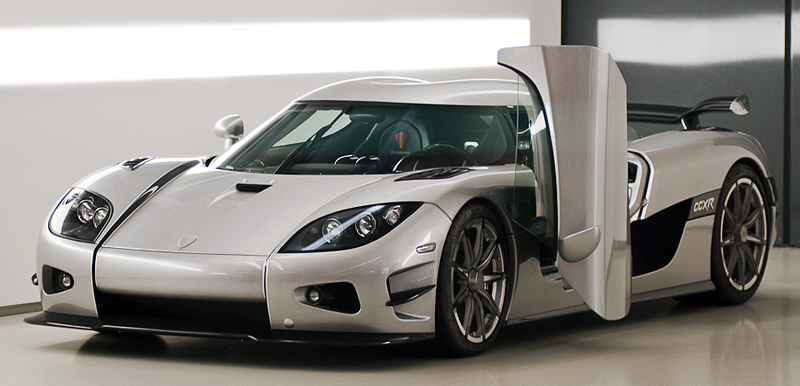
29. Koenigsegg CCXR
Power to Weight (hp/lb) 39.14 | Power to Weight (hp/ton) 862.71
Koenigsegg released an upgraded version of their fastest car called the CCXR Special Edition. The most obvious change is a contoured rear wing which is permanently fixed. This was probably motivated by Top Gear and Jeremy Clarkson who requested a larger wing to steady the car during its second visit at the show. Beyond the wing, only detail changes such as uncovered headlights, color-coded carbon fiber and new suede seats are fitted. Learn about the 2007 Koenigsegg CCXR Edition.
30. Caparo T1
Power to Weight (hp/lb) 38.80 | Power to Weight (hp/ton) 855.65
”To demonstrate our understanding of these fundamental vehicle engineering issues we set out to design an optimum package for delivering 1,000bhp-per-tonne,” says Caparo co-founder Ben Scott-Geddes. ”Interestingly, the sweet spot on the curve that satisfies many of these issues is 500 horsepower in a vehicle with a mass of 500kg.” That single quote tells you everything you need to know about the Caparo T1. Lighting fast. Learn about the 2007 Caparo T1.
31. Sauber Mercedes C291
Power to Weight (hp/lb) 38.70 | Power to Weight (hp/ton) 853.33
The Sauber C9 was a Group C prototype that debuted in 1987 season. It was developed from a series of Le Mans Prototypes by Peter Sauber. The underpinnings of the C9 were an all-aluminum monocoque with a rear steel subframe for the Mercedes-Benz engine. n 1989, the car was developed to its ultimate specification including a new DOHC-head M119 V8 engine. That season, the C9s dominated at every race, winning outright at all but one event. At the 24 Hours of Le Mans, a record was set at 247 mph (398 km/h) on the Mulsanne Straight. Learn about the 1987 Sauber-Mercedes C9.
32. Jaguar XJR-9LM
Power to Weight (hp/lb) 38.62 | Power to Weight (hp/ton) 851.31
By the time the Le Mans-winning design debuted in 1988, TWR already had a 7.0-liter V12 capable of producing 750 bhp. Five cars equipped with this unit were prepared for Le Mans and the factory-backed Porsche 962C competition. Jaguars led from the inception of the race, but two retirements meant only the XKR-9 of Jan Lammers, Johnny Dumfries and Andy Wallace was the only car left to take overall honors. Despite a transmission problem, the car was driven only in fourth gear until it finished two laps ahead of the Porsche 962C. Learn about the Jaguar XJR-9LM.
33. Mazda RX-792P
Power to Weight (hp/lb) 38.25 | Power to Weight (hp/ton) 843.37
x Group-44 designer Lee Dykstra drew up the chassis for the car which was an aluminum honeycomb monocoque with inboard suspension. A steel subframe supported the R26B rotary engine that sent over 600 bhp to the rear wheels. Learn about the Mazda RX-792P.
34. 1982 Gaaco 935L
Power to Weight (hp/lb) 37.78 | Power to Weight (hp/ton) 833.33
Chuck Gaa fitted a Lola T600 front end to a new bespoke bonded aluminum chassis. According to the regulations, the body retained the 930 roof structure, but was entirely new from the beltline down. The standard 3.2-liter Porsche engine was used and put out 750 bhp. Learn about the 1982 Gaaco 935L.
35. Porsche 935/78 ‘Moby Dick’
Power to Weight (hp/lb) 37.39 | Power to Weight (hp/ton) 824.39
The 935/78 was built under Porsche’s Chief Racing by Norbert Singer for high speeds at Le Mans. The engine had to use production car internals, but the cylinder-heads were open for modification. For the first time in the history of the 911 the engine came with water-cooled cylinder heads featuring four valves per cylinder. Maximum output of the turbocharged 3.2-litre six-cylinder with four overhead camshafts was 845 bhp at 1.7 bar of boost. Damn!!! Learn about the Porsche 935/78 ‘Moby Dick’.
36. Zenvo ST1
Power to Weight (hp/lb) 36.39 | Power to Weight (hp/ton) 802.33
The ST1 even though so powerful, is very drivable. It retains the unique feeling of driving a hand built supercar while still delivering the needs of modern motoring and safety. The car is 100% built in Denmark. From its impressive list of mechanical specifications to its striking pose the Zenvo ST1 is the result of clever Danish design. All these features are blended together to form a vehicle that demands attention but remains purposeful and practical. The frame is steel space frame and the body is in carbon. Learn about the Zenvo ST1.
37. Koenigsegg CCXR Trevita
Power to Weight (hp/lb) 36.07 | Power to Weight (hp/ton) 795.31
The Trevita features a Koenigsegg proprietary glittering silvery white carbon composite fabric. Apart from the unique composite material and the partially painted wheels it has the specification as the Special Edition CCXR. That means it still retains the 1018 bhp twin turbo V8 that drags this beast to a top speed of 254 mph. Learn about the 2010 Koenigsegg CCXR Trevita.
38. Nissan R86V
Power to Weight (hp/lb) 35.78 | Power to Weight (hp/ton) 788.82
Mounting a VG30 twin-turbo engine in a March 86G chassis, the R86V was a machine developed for the 1986 racing season. One special feature was its side radiators that improved its aerodynamics. Its debut race was the 1986 Le Mans (K. Hoshino, K. Matsumoto, A. Suzuki), though it was forced to retire. It also served K. Hoshino and K.Takahashi in an endurance series in Japan. Learn about the Nissan R86V.
39. Koenigsegg Agera R
Power to Weight (hp/lb) 35.66 | Power to Weight (hp/ton) 786.32
At the 2011 Geneva Motor Show, Koenigsegg released a new version of their Agera featuring the 5.0-liter Biofuel engine first seen in the CCXR. Along with several upgrades, the new model has a Borg Warner-developed twin turbo system and an optional active rear wing. Learn about the 2011 Koenigsegg Agera R
40. Shelby Cobra 427 ‘Super Snake’
Power to Weight (hp/lb) 35.06 | Power to Weight (hp/ton) 772.95
The Super Snake has a monstrous 427cid, 800hp twin Paxton supercharged V8 with a super three-speed automatic transmission. In addition to use as his personal automobile, Shelby drove the Cobra in a running of the “Turismos Visitadores” in Nevada. Learn about the Shelby Cobra 427 ‘Super Snake’.
41. Koenigsegg CCXR Edition
Power to Weight (hp/lb) 34.72 | Power to Weight (hp/ton) 765.41
Koenigsegg released an upgraded version of their fastest car called the CCXR Special Edition. The most obvious change is a contoured rear wing which is permanently fixed. This was probably motivated by Top Gear and Jeremy Clarkson who requested a larger wing to steady the car during its second visit at the show. Beyond the wing, only detail changes such as uncovered headlights, color-coded carbon fiber and new suede seats are fitted. Learn about the 2007 Koenigsegg CCXR Edition.
42. 2007 Weber Sportscar
Power to Weight (hp/lb) 33.74 | Power to Weight (hp/ton) 818.18
Weber Sportcars from Tobel, Switzerland are dreaming big with their latest mock-up revealed at the 2007 Top Marques Monaco show. What they have in mind is a 250 mph, carbon fiber supercar that is shaped largely by aerodynamics. After nine months of computer-aided design, they were able to make a full size model of what the final shape might look like. Included is an active rear wing that changes in angle for both acceleration and braking. Power for the car comes from a 7.0l supercharged V8 that will churn out 950 bhp to the rear wheels. Learn about the 2007 Weber Sportscar.
43. Ferrari LaFerrari
Power to Weight (hp/lb) 30.16 | Power to Weight (hp/ton) 599.37
The LaFerrari is the first car in Ferrari history to be powered by the HY-KERS system. With a 6262 cc V12 that punches out 800 CV and revs to a maximum of 9,250 rpm. It also features a very high 13.5:1 compression ratio and a high specific output equal to 128 CV per litre. The engine is coupled with a 120 Kw (163 CV) electric motor, giving it a combined power output of 963 CV.
The high torque levels available at low revs from the electric motor allowed the engineers to optimise the internal combustion engine’s performance at higher revs, thus providing a constant supply of exceptional power throughout the rev range. Total torque generated is in excess of 900 Nm. Learn about the 2014 Ferrari LaFerrari.
44. Bugatti Veyron 16.4 Super Sport
Power to Weight (hp/lb) 29.22 | Power to Weight (hp/ton) 653.00
Bugatti describes the Super Sport as “a car with a uniquely high performance of 1,200-hp (882 kW) offering experienced drivers a whole new dimension of excitement, with a maximum torque of 1,500 Newton metres”. We say it is an animal. Acceleration is manic and unlike anything you will ever experience. Perhaps most amazing is how relentless the acceleration is all the way past 200mph, continuing to pull hard to the end. Learn about the 2010 Bugatti Veyron 16.4 Super Sport.
45. 2013 McLaren P1
Power to Weight (hp/lb) 28.25 | Power to Weight (hp/ton) 623.17
The McLaren P1™ will have the combined force of two highly-efficient powerplants, offering the optimum mix of superb throttle response, day-to-day drivability and top speed. A mid-mounted 3.8-litre twin-turbo V8 petrol engine and a highly effective electric motor give a combined output of 916PS (903 bhp) and a maximum torque figure of 900Nm, ensuring instantaneous throttle response through the rev range, more akin to a naturally aspirated engine. Emissions of less than 200g/km on the combined cycle are reduced to zero in full electric drive mode, while the Formula 1-derived DRS and IPAS technologies offer an increase in straight-line speed and an instant boost of power. Learn about the 2013 McLaren P1.
46. Caterham Seven 620R
Power to Weight (hp/lb) 25.83 | Power to Weight (hp/ton) 598.08
A newly-engineered, two-litre supercharged Ford Duratec engine pumps out 310bhp, providing even more of a kick in the back for the driver and propelling the Seven 620R from 0-60mph in under 2.8 seconds. Learn about the 2013 Caterham Seven 620R.
47. Pagani Huayra
Power to Weight (hp/lb) 24.83 | Power to Weight (hp/ton) 547.41
The engine is a version of the Mercedes-Benz V12 specifically developed for Pagani. Called the M158, power output is raised to nearly 700 with use of two turbochargers. The all-new monocoque central Huayra is built in carbon-titanium, with its gullwing doors that include a good portion of the roof. The research focused on the application of advanced composite materials and technologies first tested on the Zonda R, to achieve the highest levels of rigidity combined with maximum lightness. I guess that’s why Pagani finds itself on our list of cars with the best power to weight ratio. Nice work Mr Pagani. Learn about the Pagani Huayra.
48. Porsche 918 Spyder
Power to Weight (hp/lb) 24.53 | Power to Weight (hp/ton) 521.76
Put the Porsche 918 Spyder in “Race Hybrid” mode for maximum performance and the car accelerates like it is on a slingshot. The 918s combustion engine is chiefly used under high load with the electric motors providing additional support in the form of boosting. My guess is that repeated acceleration runs would need the electric power assist to rocket the car to the quarter mile in under 10 seconds. Learn about the Porsche 918 Spyder.
49. 2006 Bugatti Veyron
Power to Weight (hp/lb) 23.71 | Power to Weight (hp/ton) 490.45
After years of applause, celebration, doubt, then ridicule, the first production Bugatti Veyron has hit the road as the fastest available supercar. A pre-production car achieved a two-way average speed of 252.95mph at parent company Volkswagen’s Ehra Lessien test track in Germany. The Veyron destroyed records. It was the fastest accelerating (0-60 in 2.46 seconds), most consuming (5.82 mpg), most expensive (1,440,800 USD) and quickest (253 mph) production car available and it did so in dramatic fashion. An icon. Learn about the 2006 Bugatti 16/4 Veyron.
50. Ferrari 458 Speciale
Power to Weight (hp/lb) 19.41 | Power to Weight (hp/ton) 430.11
The 458 Speciale’s mid-rear-mounted 4497 cc GDI engine is the most powerful naturally aspirated Ferrari 8-cylinder ever developed, punching out 605 cv at 9000 rpm and maximum torque of 540 Nm at 6000 rpm, while its record 135 cv/l specific power output is also the highest ever achieved by a naturally-aspirated road-going engine. The 458 Speciale’s increased power and torque are also the result of redesigning various engine components and reducing internal friction. Most of the bodywork panels have been redesigned without modifying either the passenger cell or the signature design features of the 458 Italia. The thickness of the glass used has been reduced to cut weight, while the rear windscreen is now a Lexan© panel. Learn about the Ferrari 458 Speciale.


